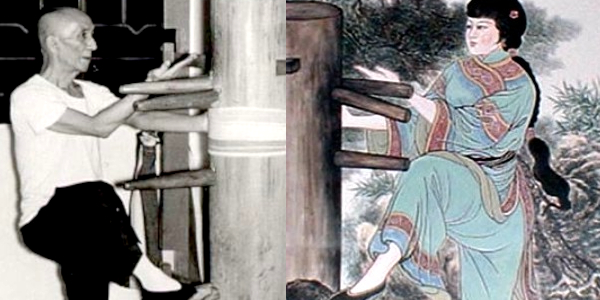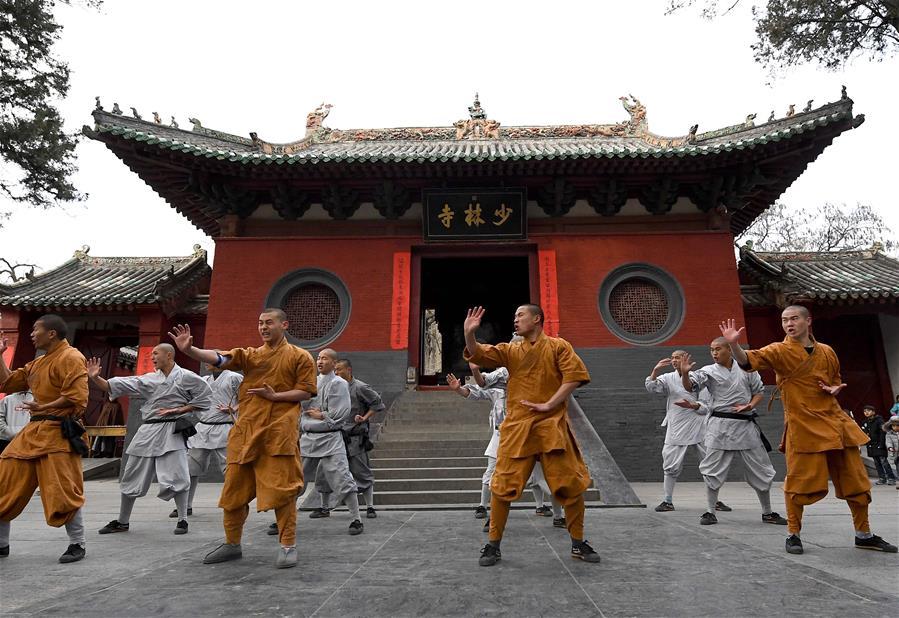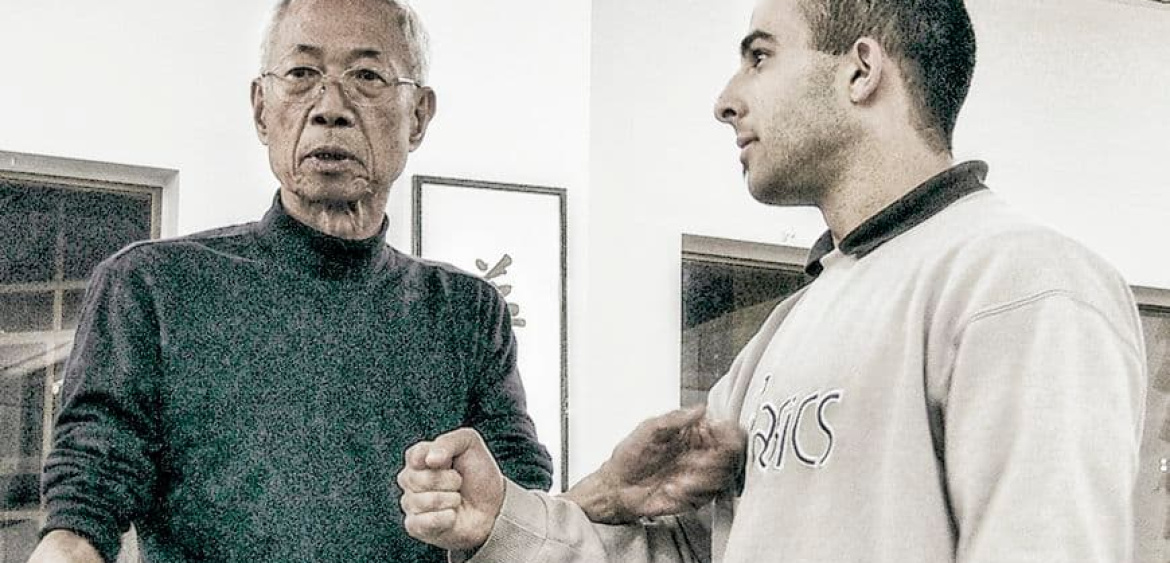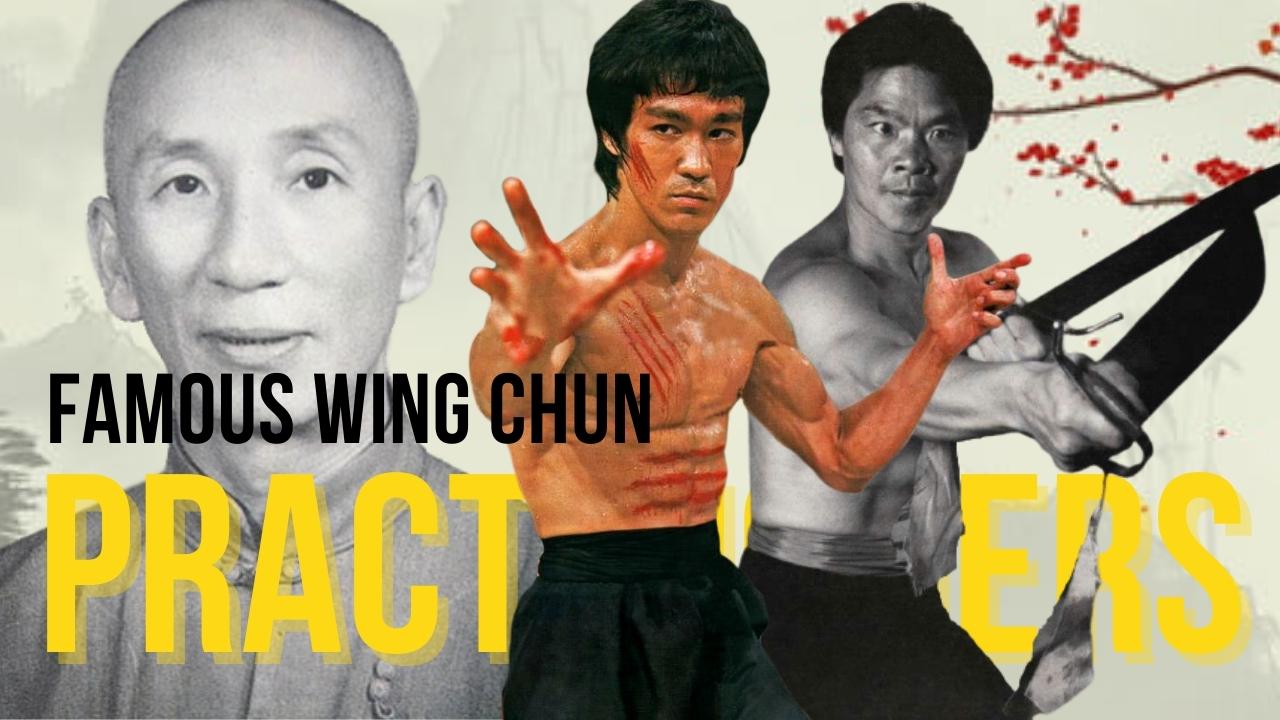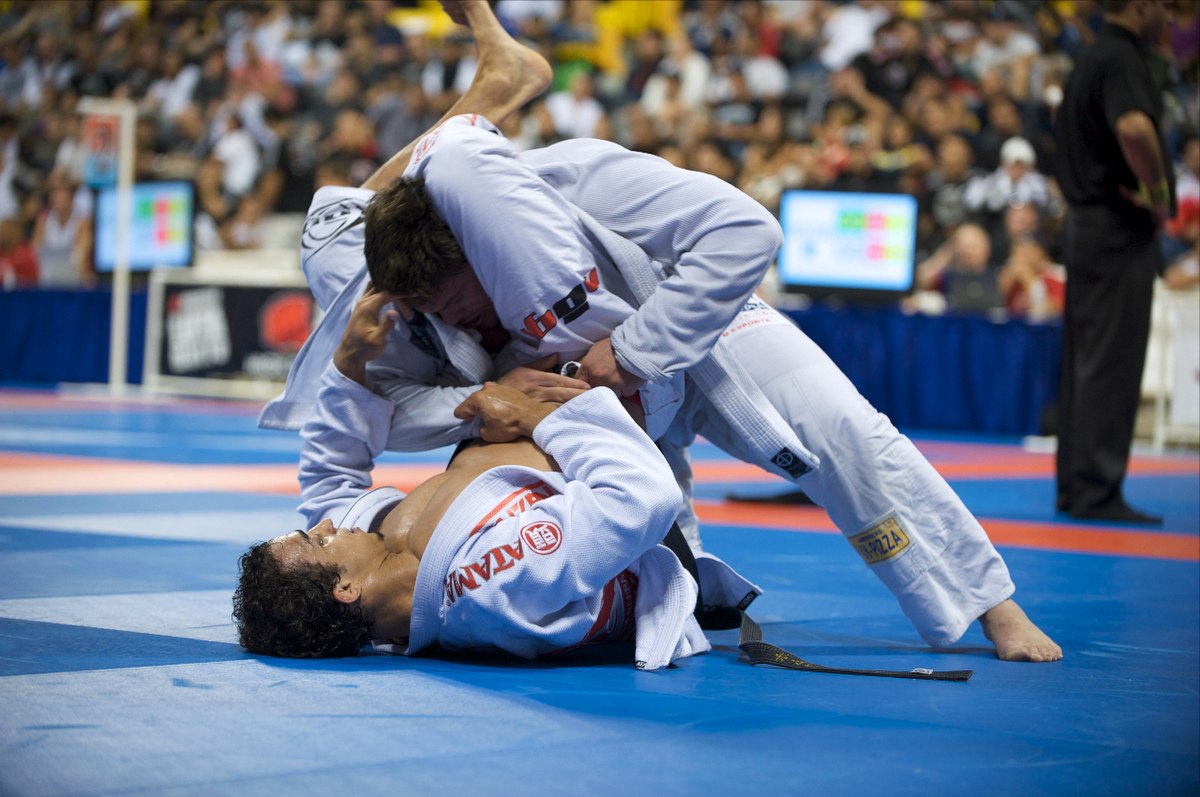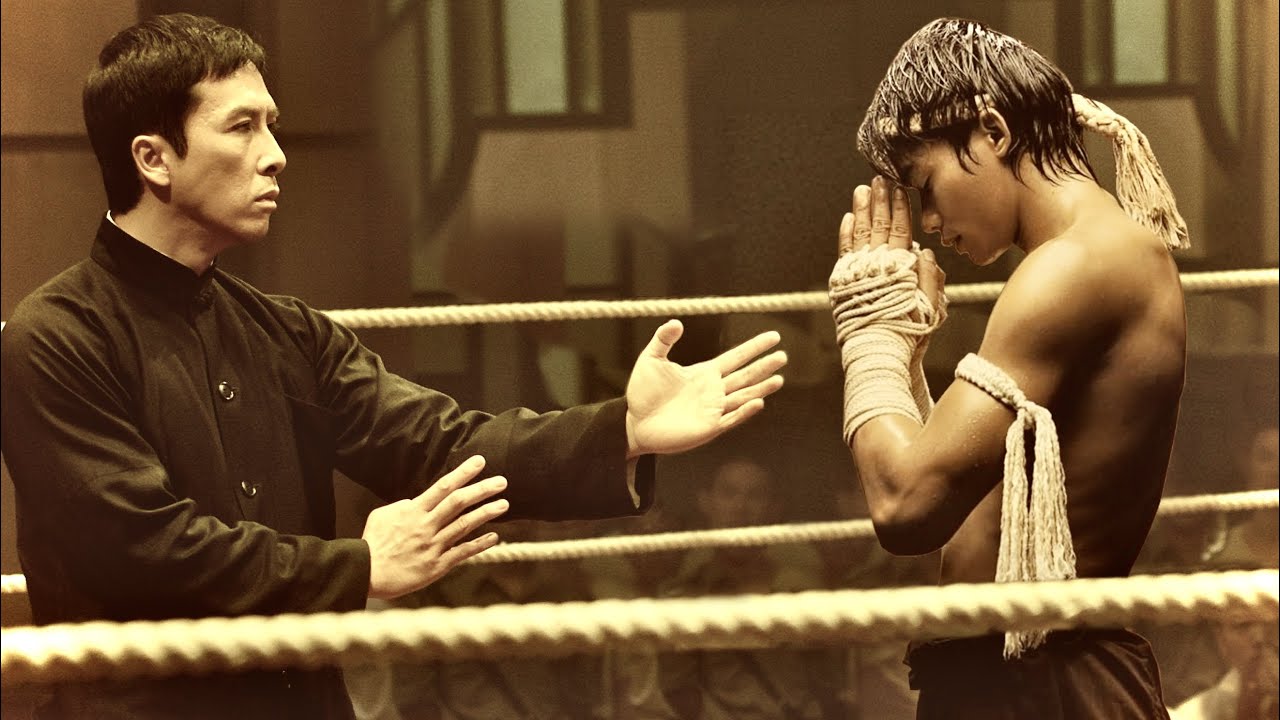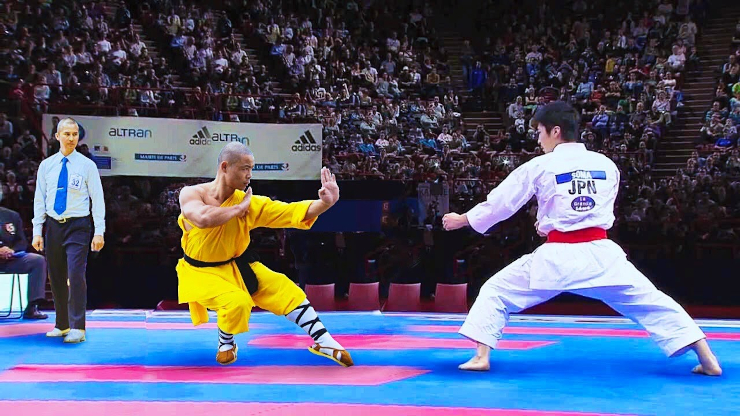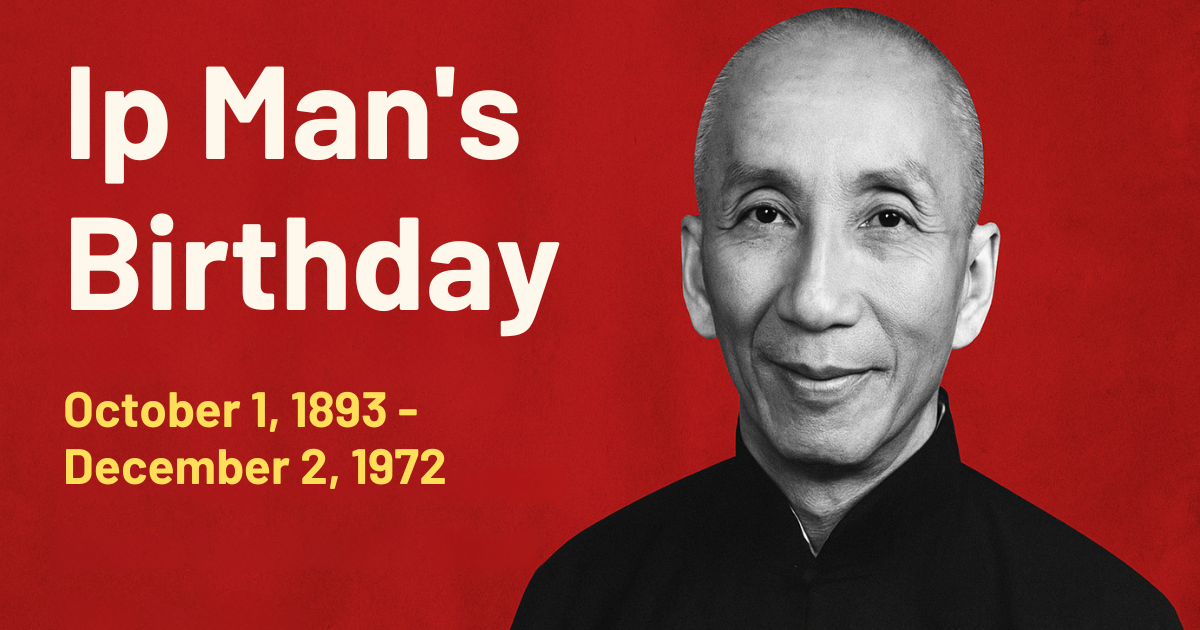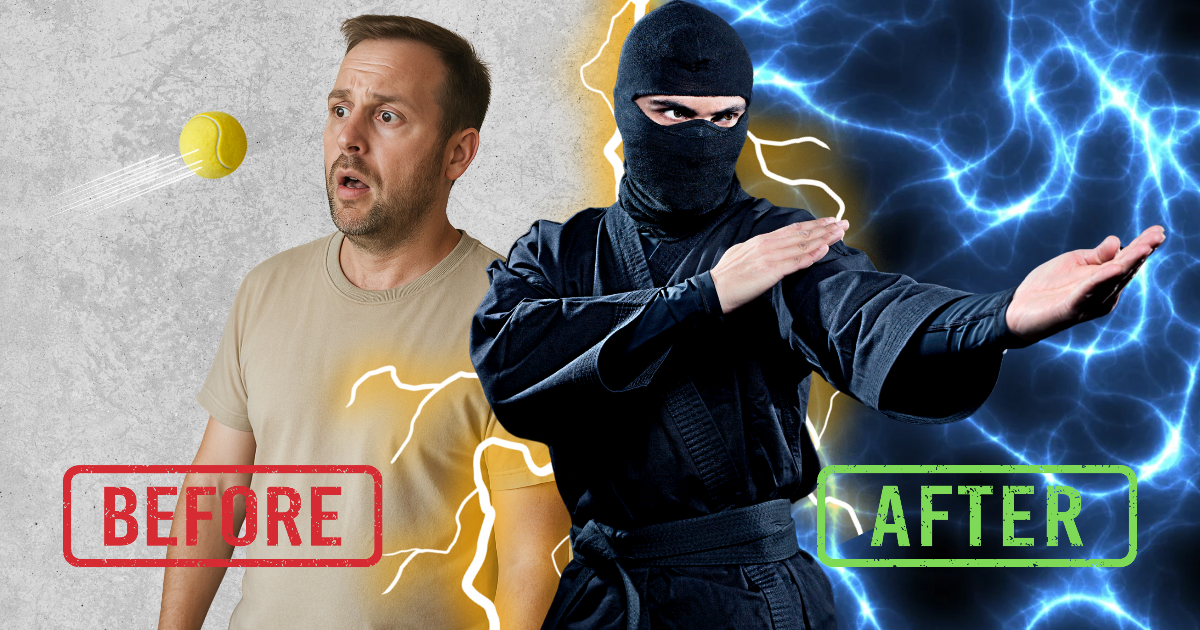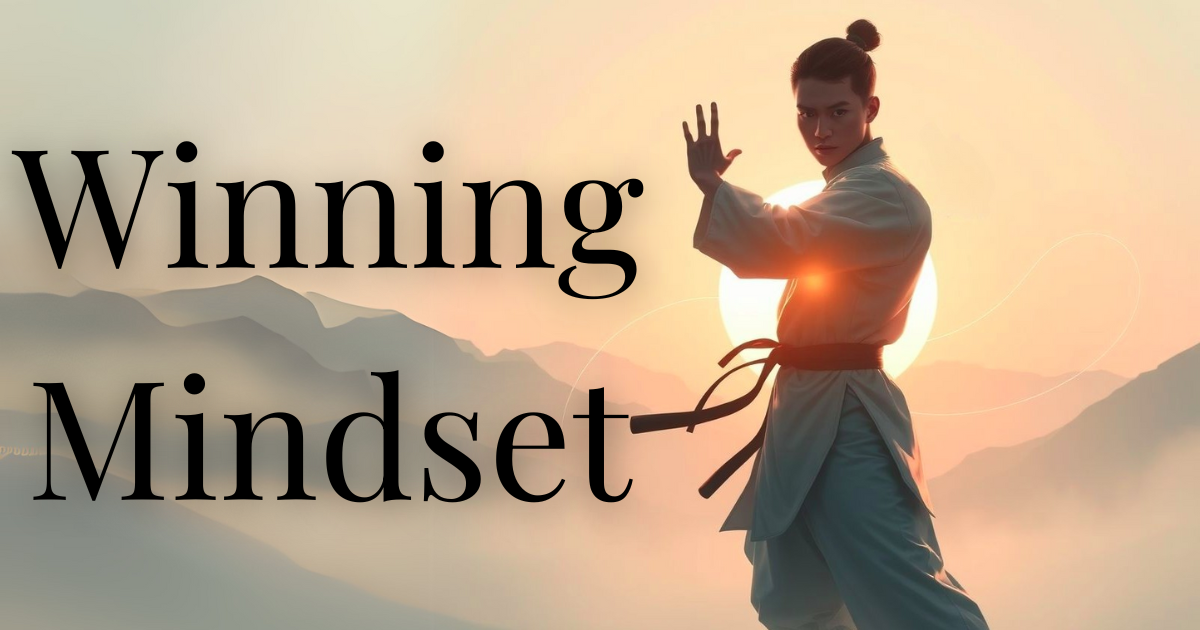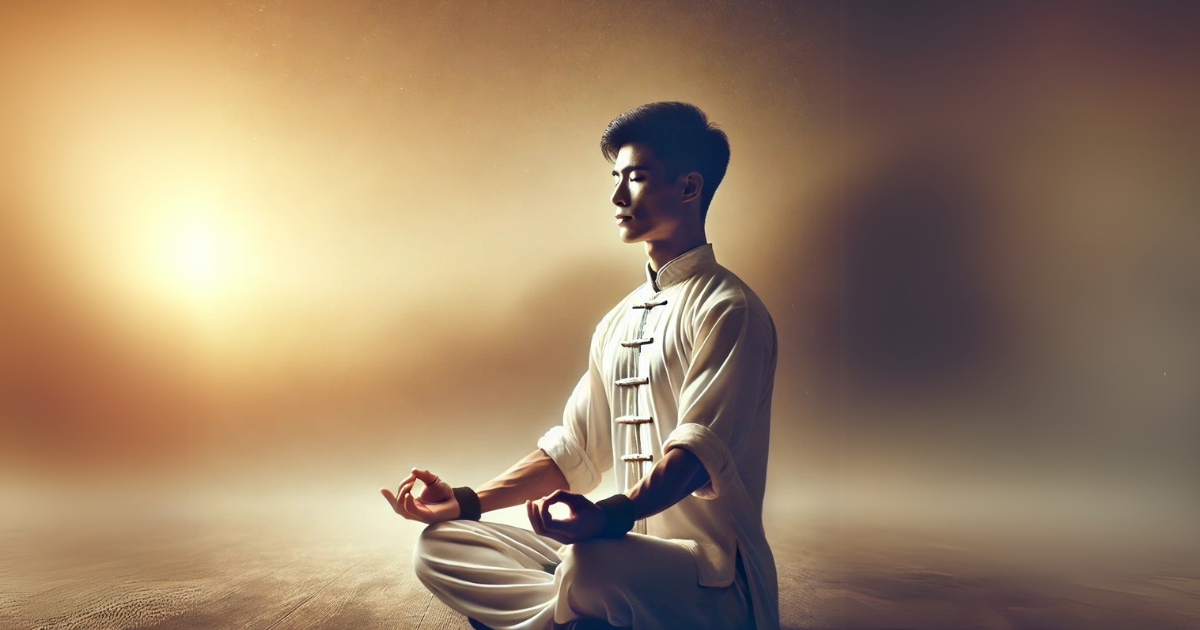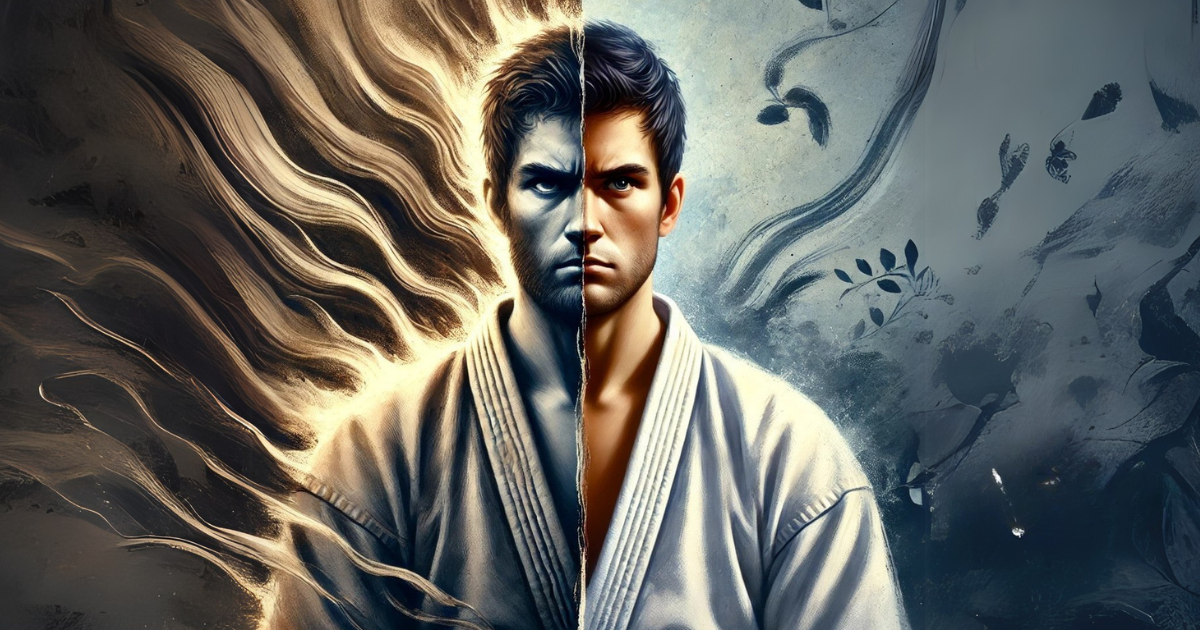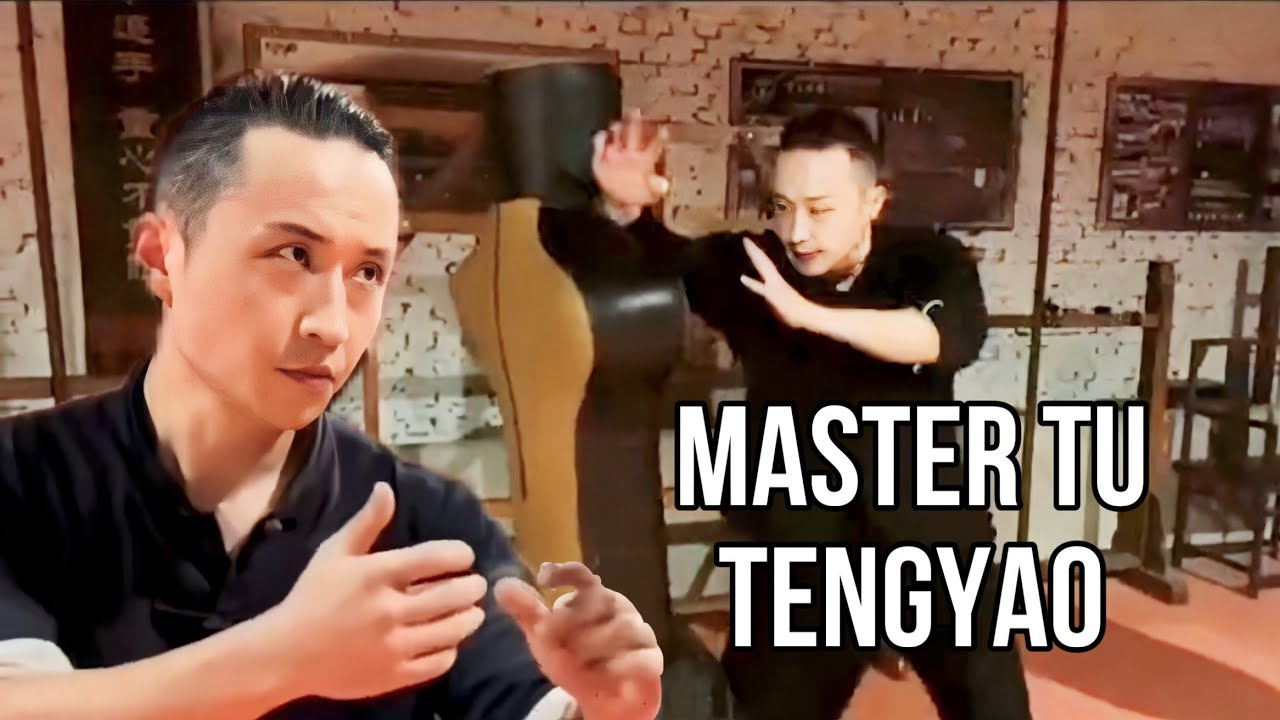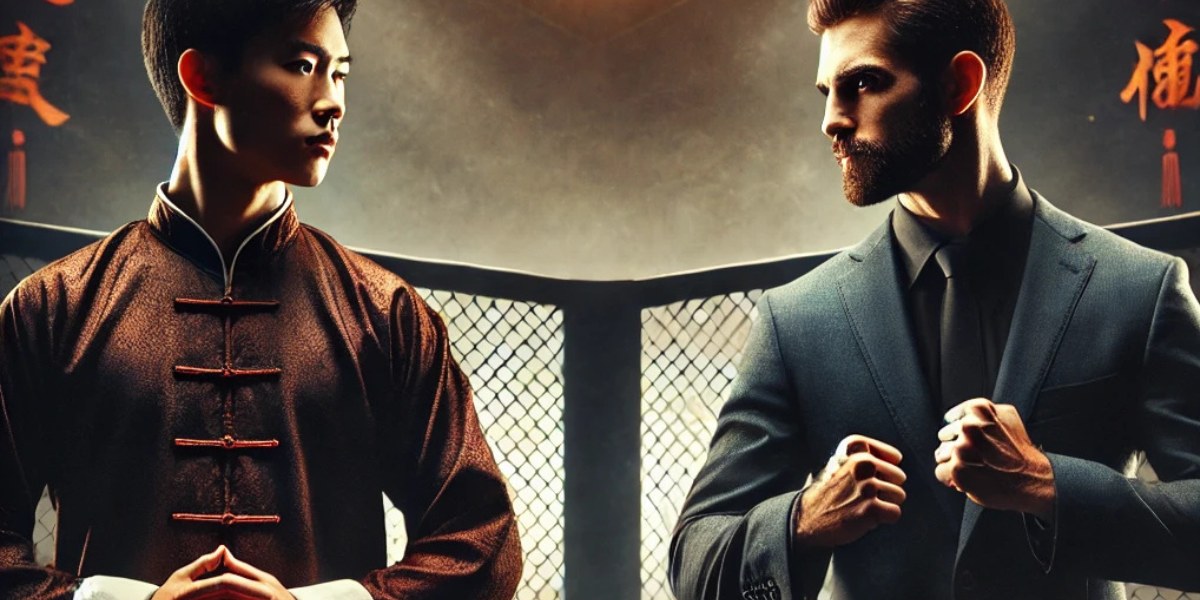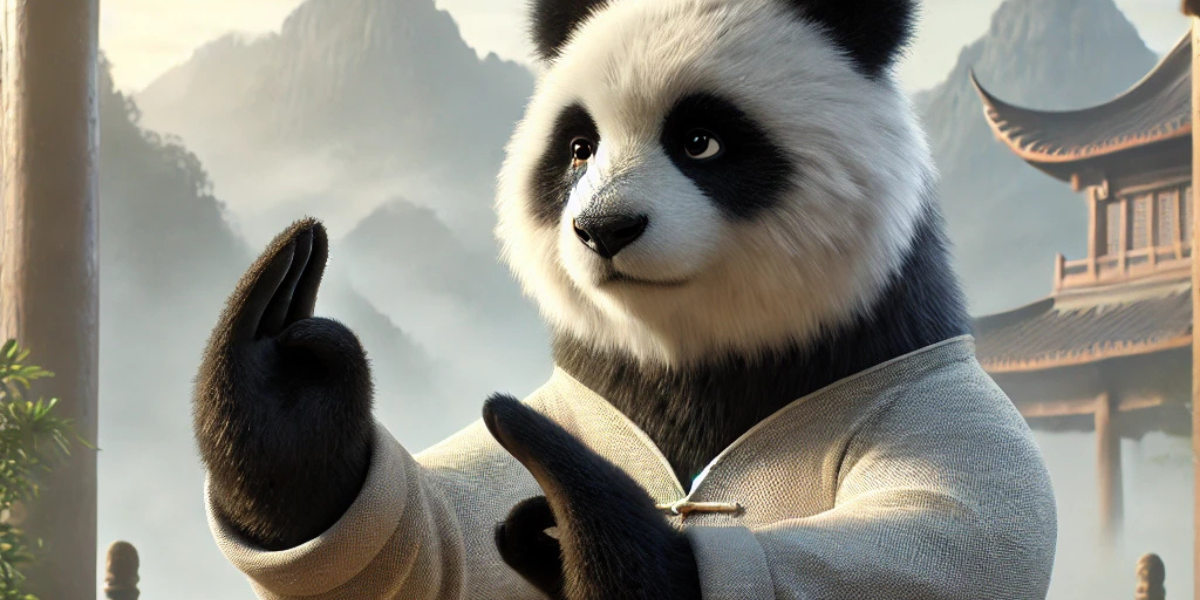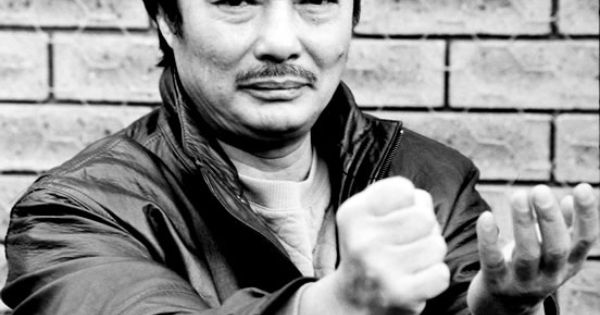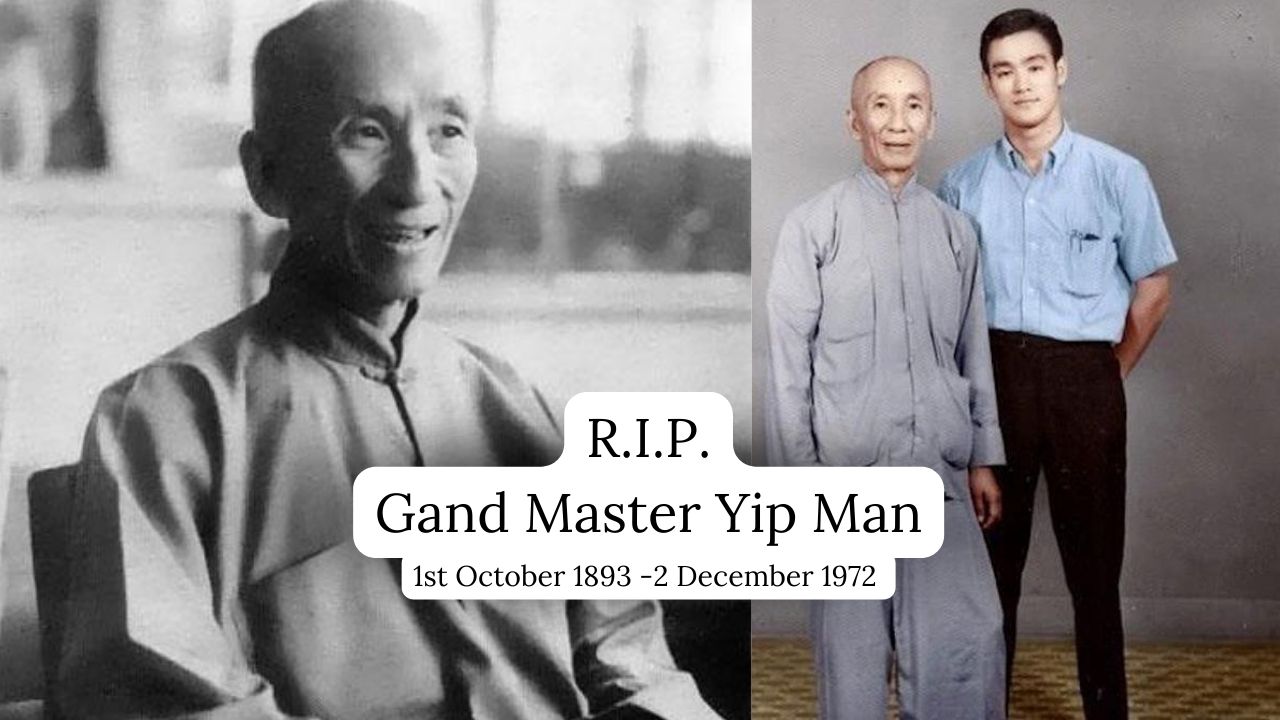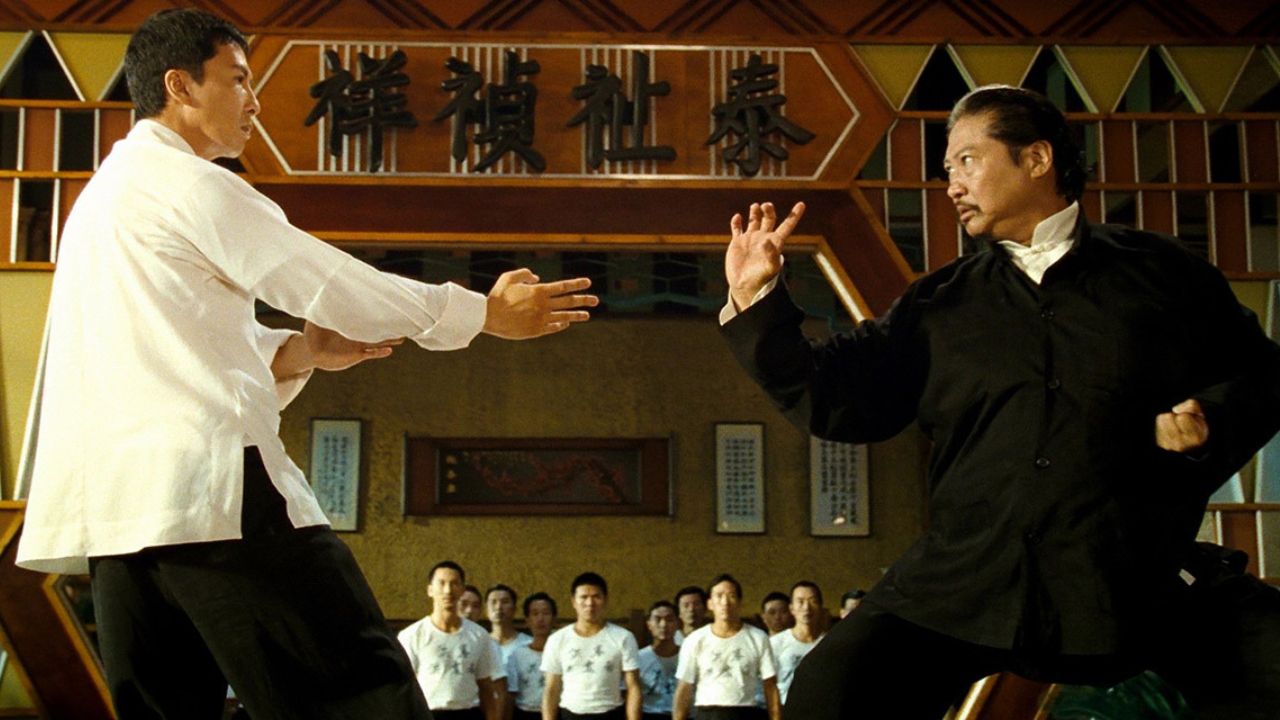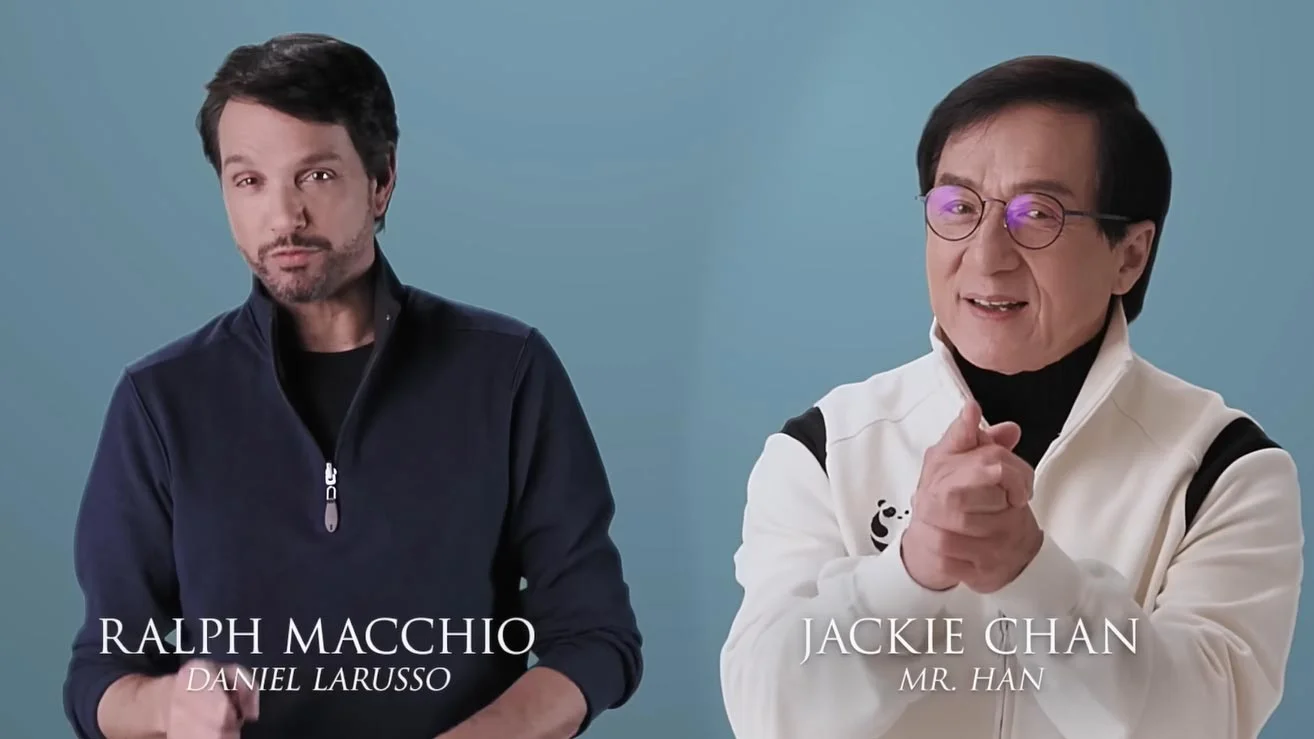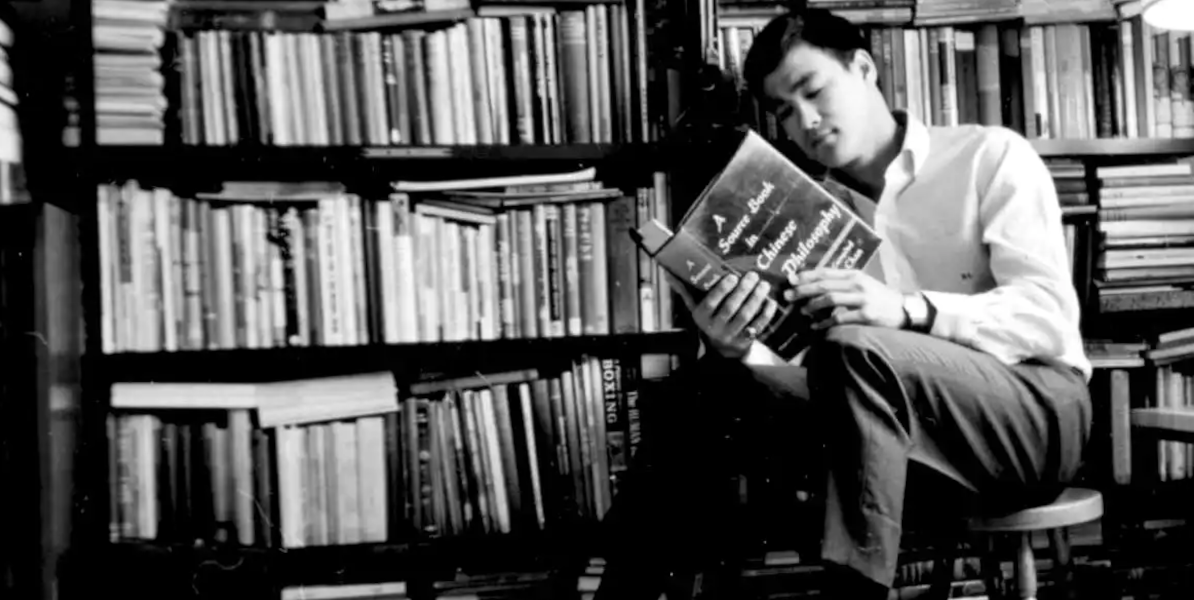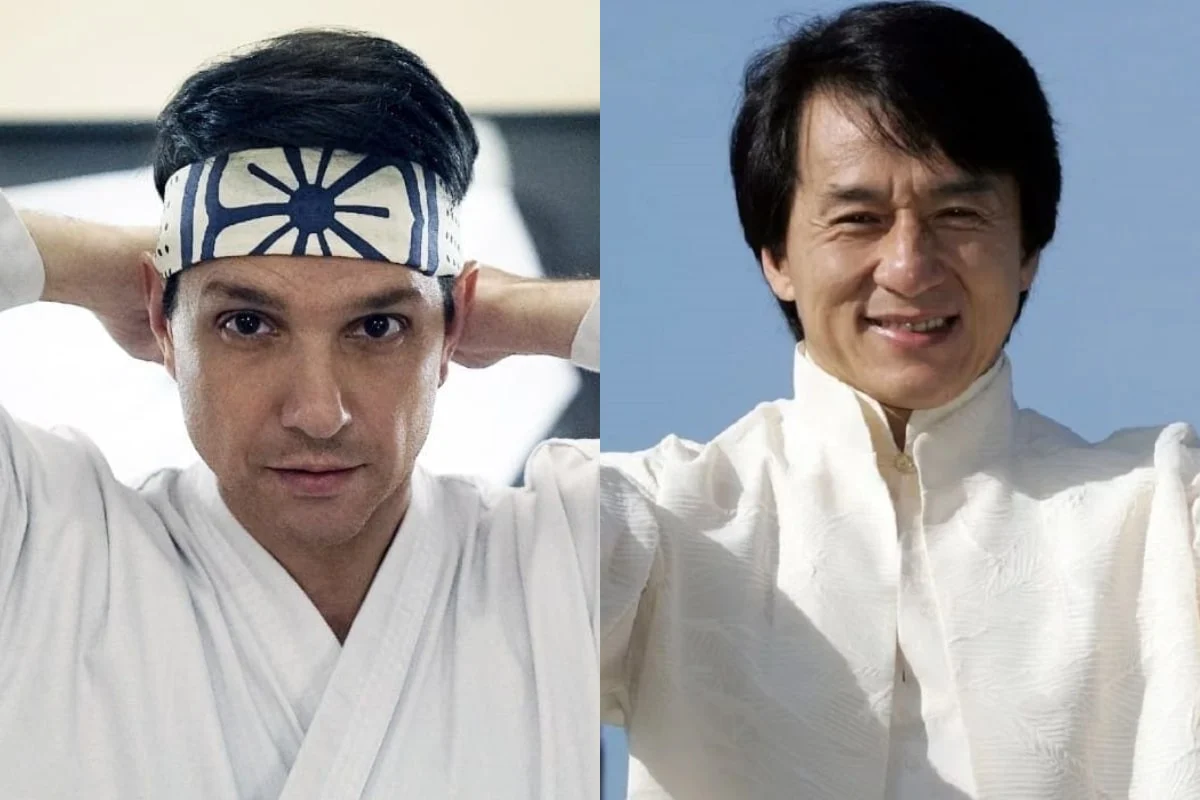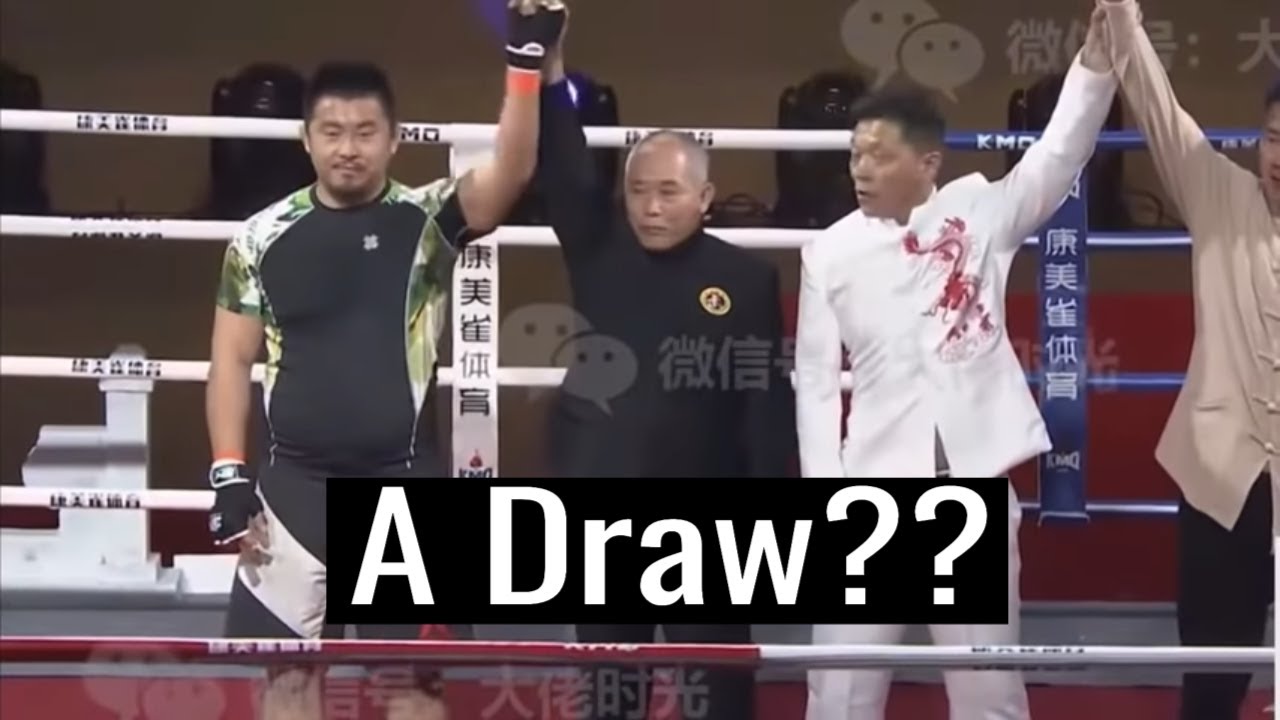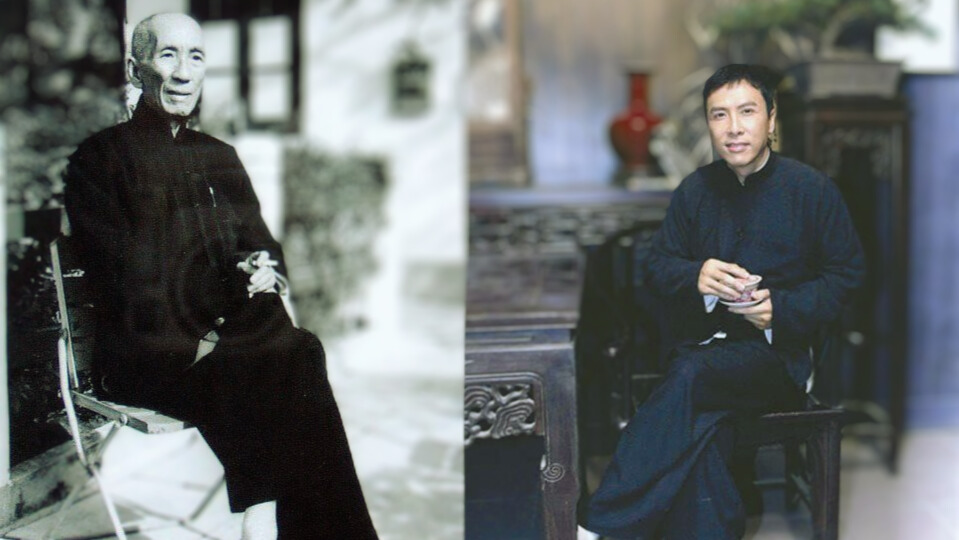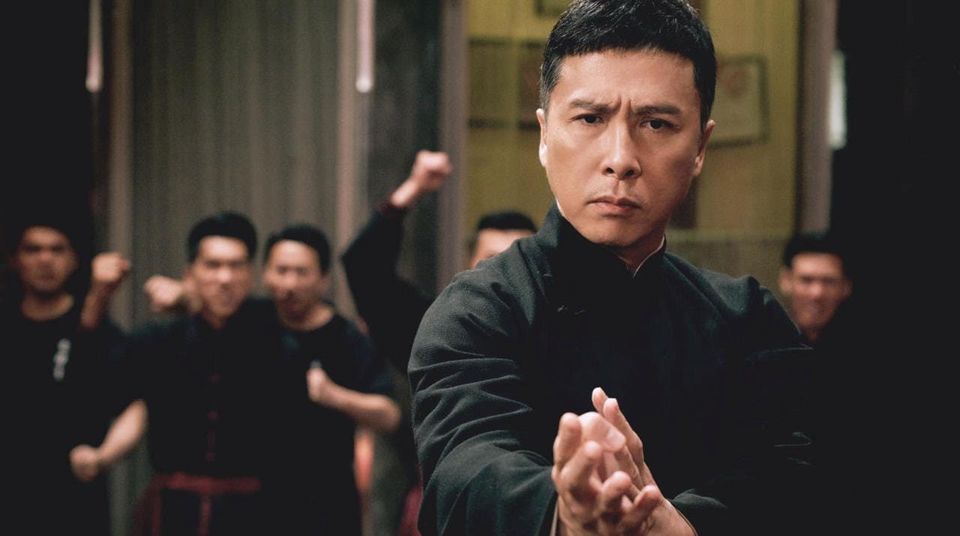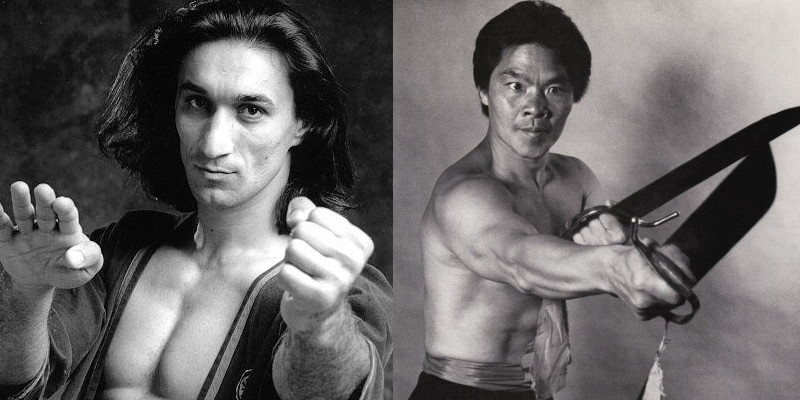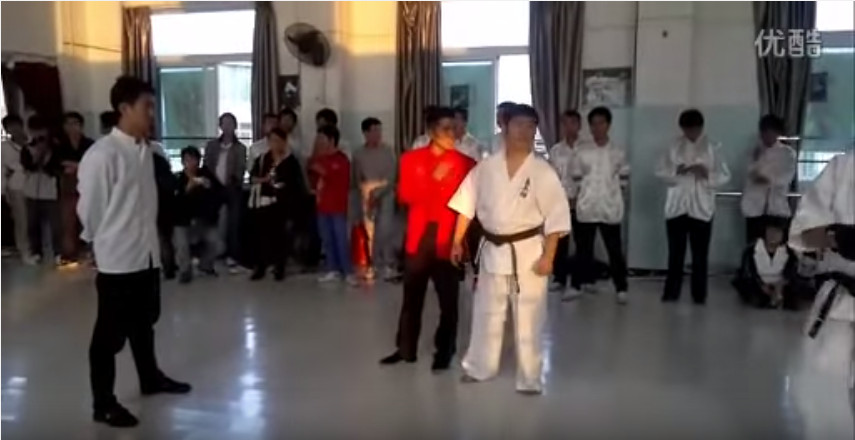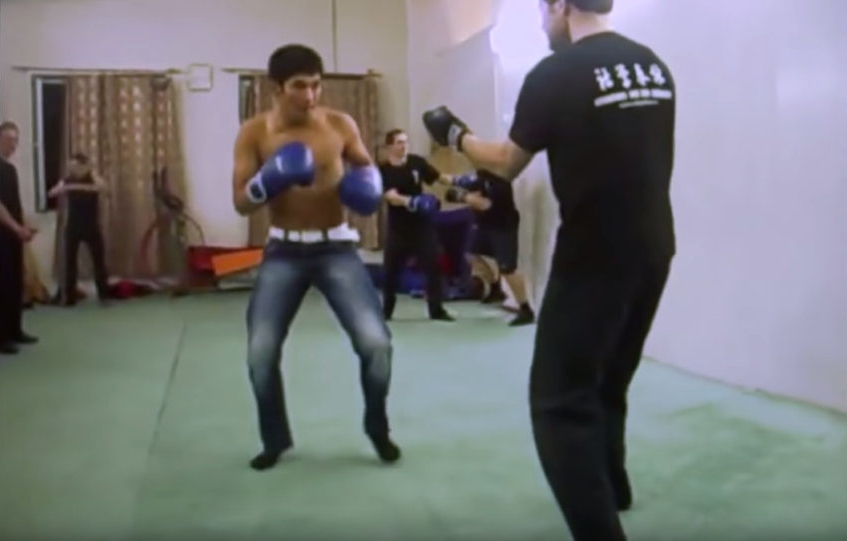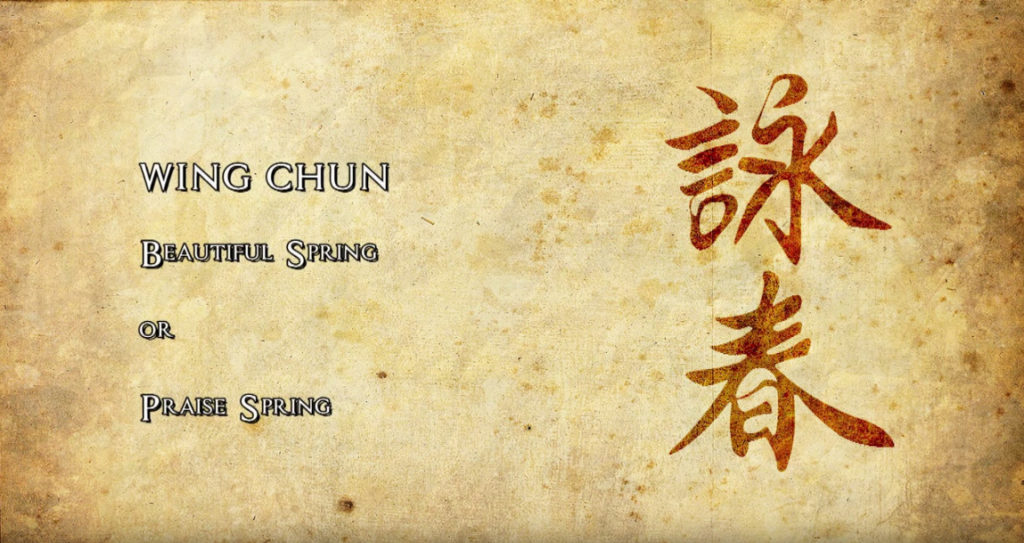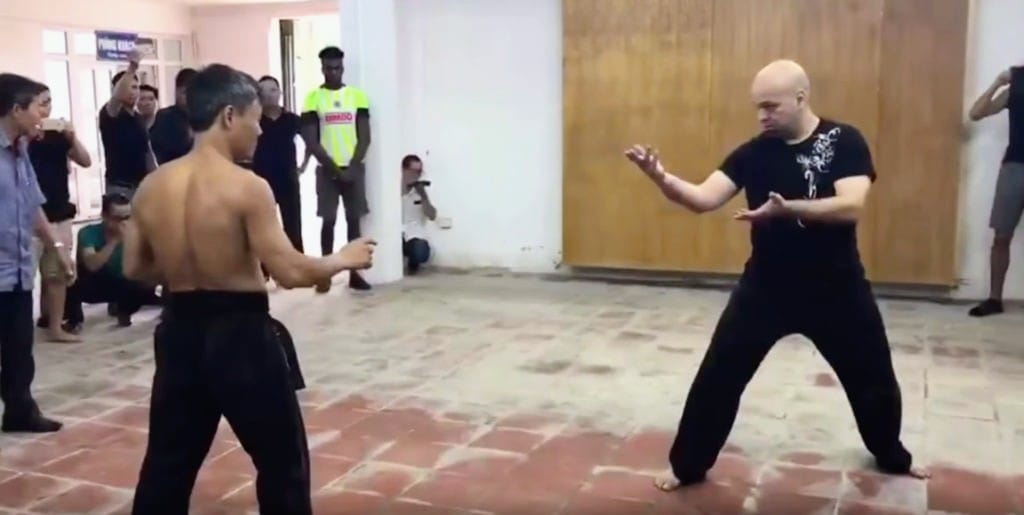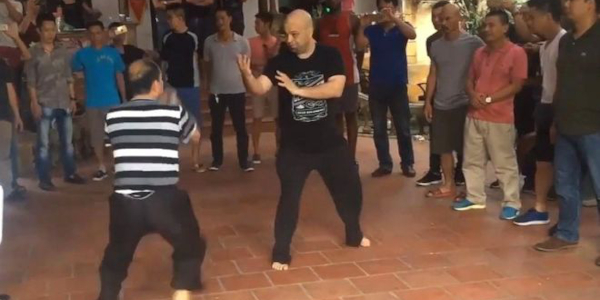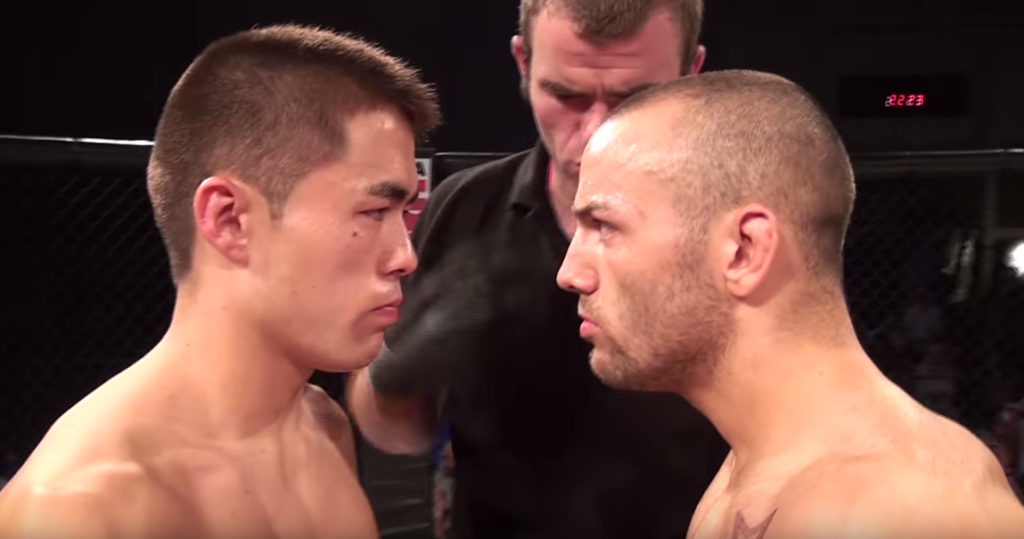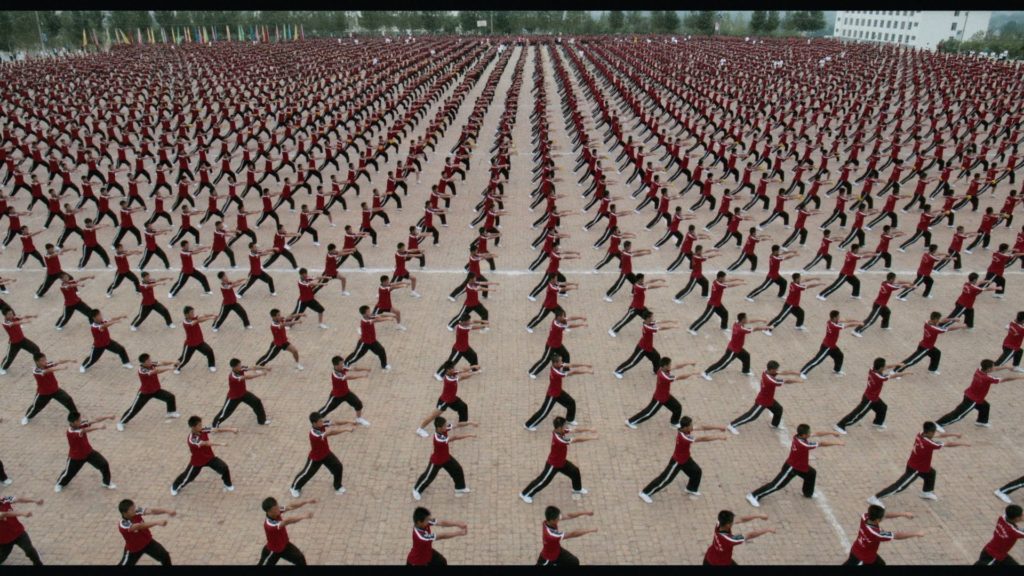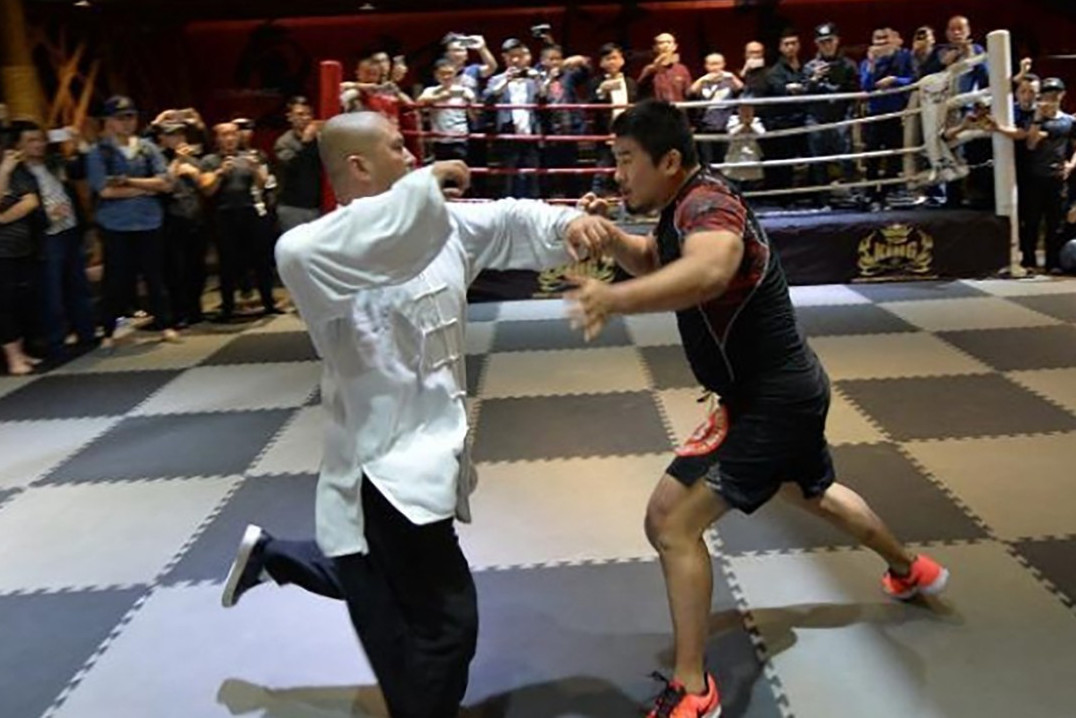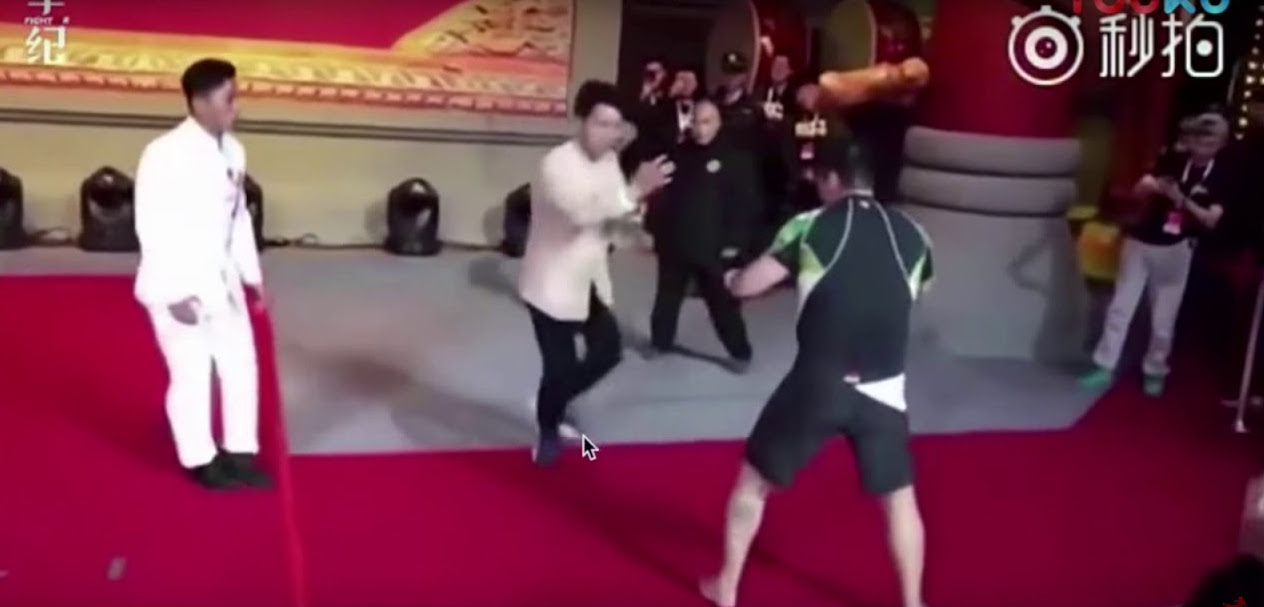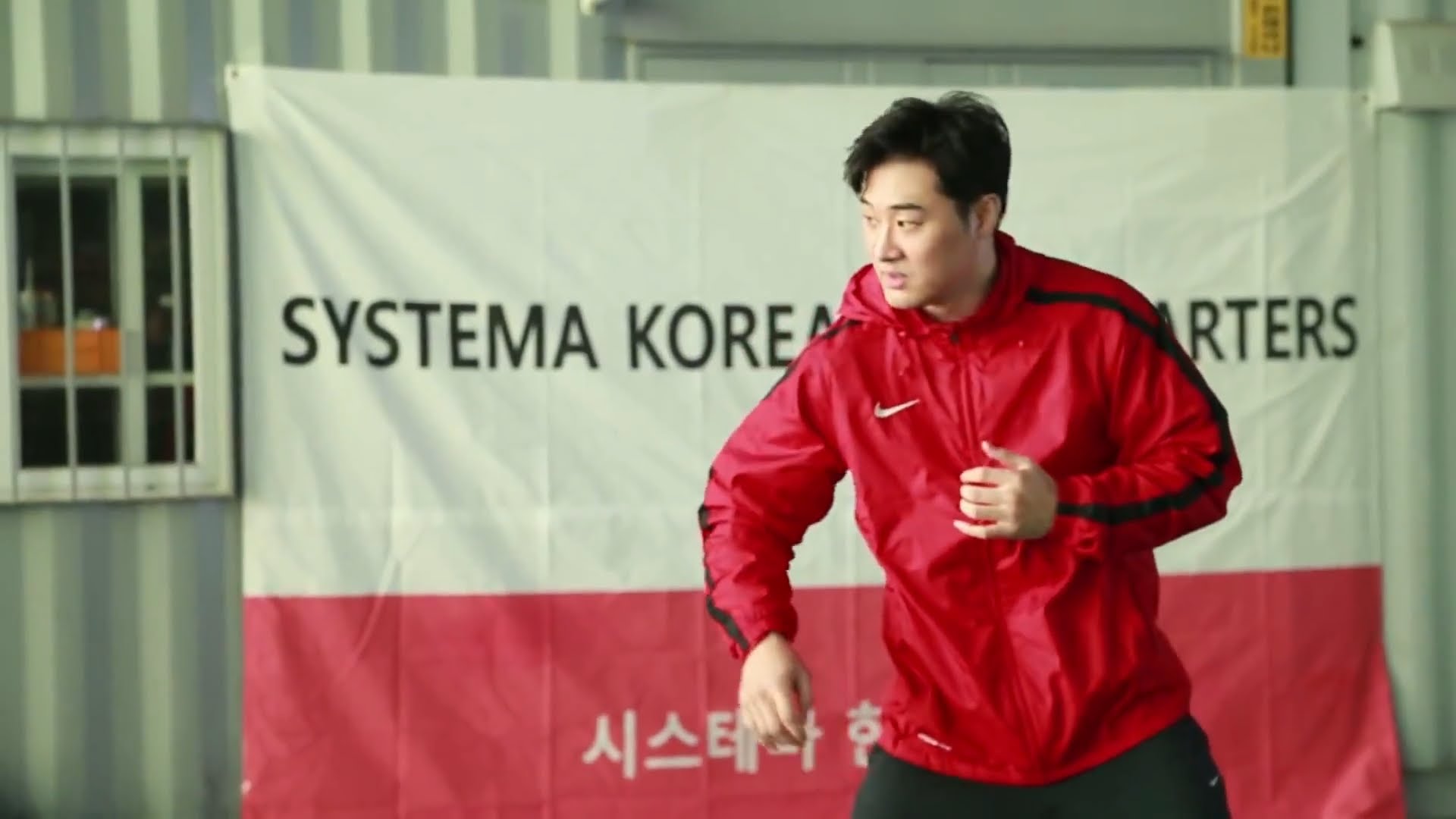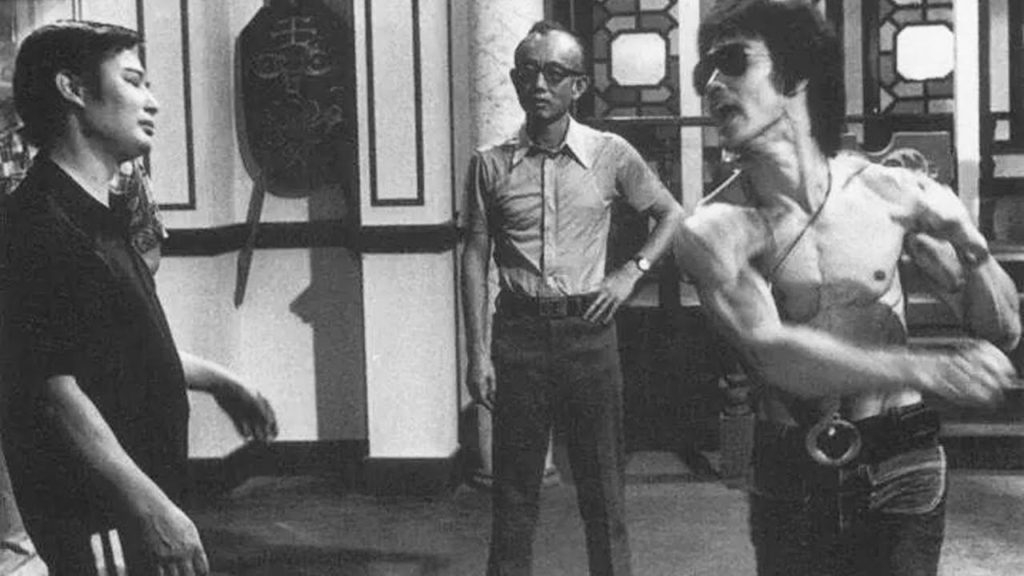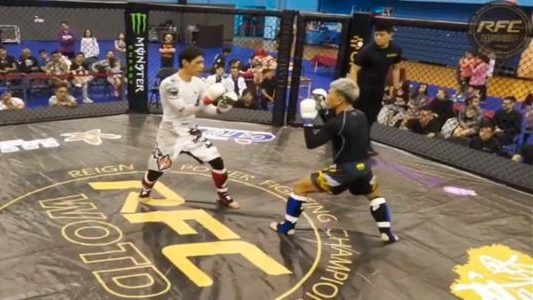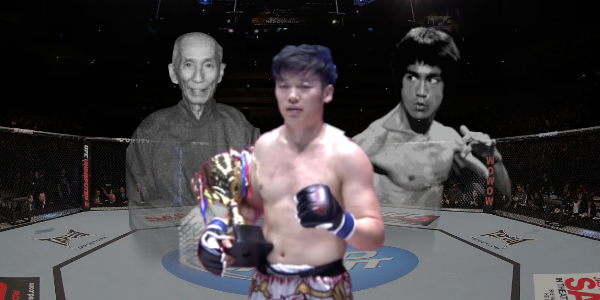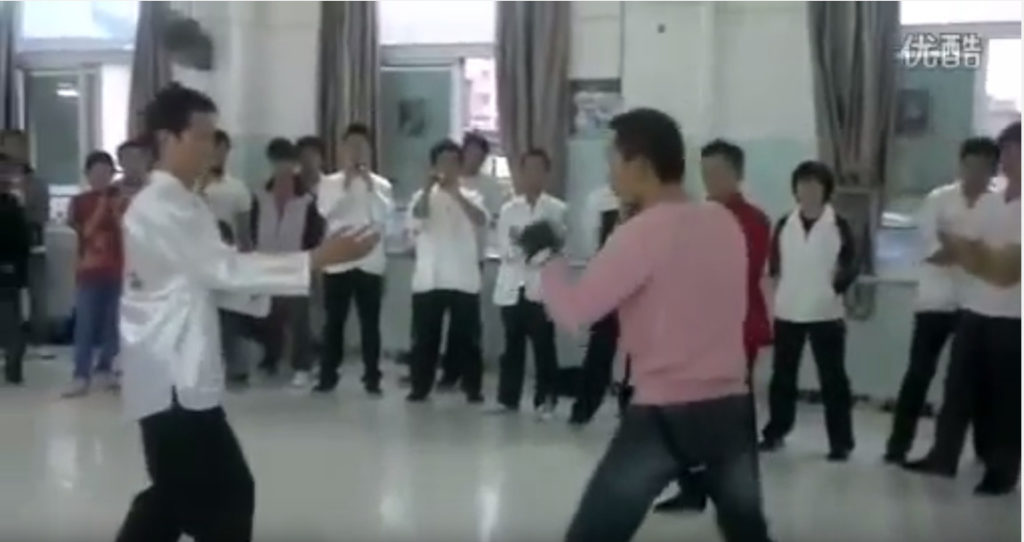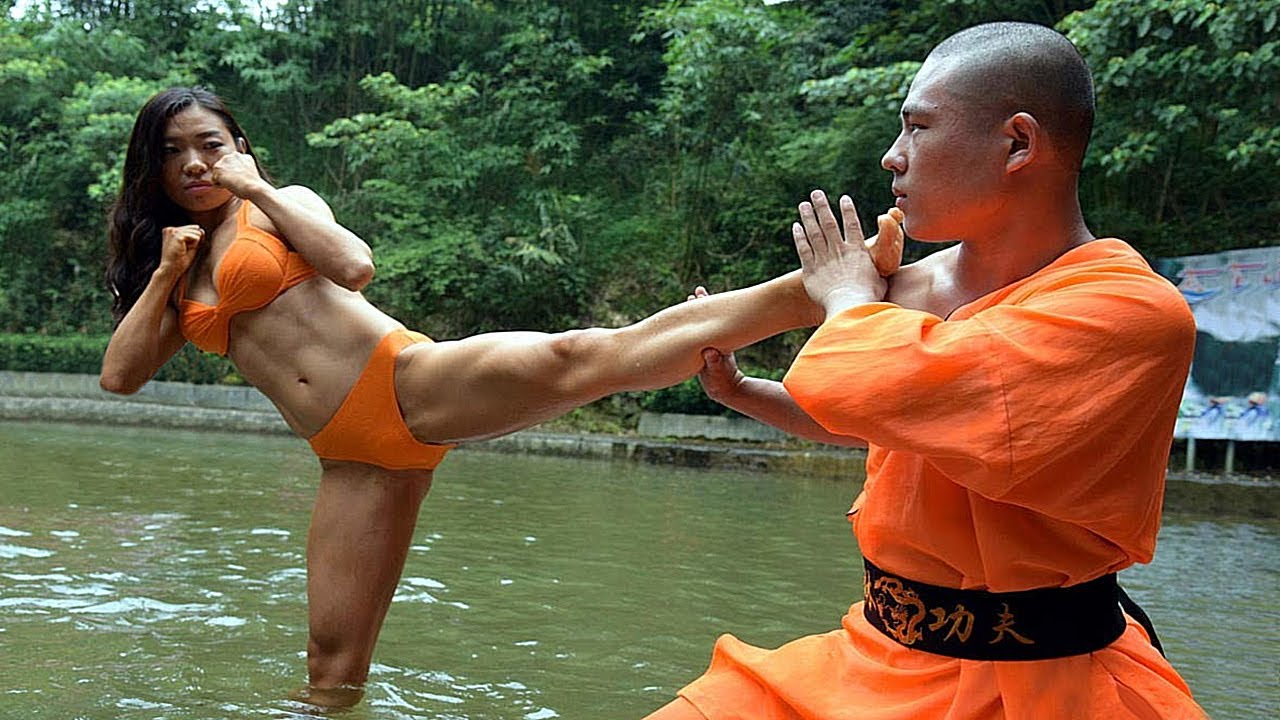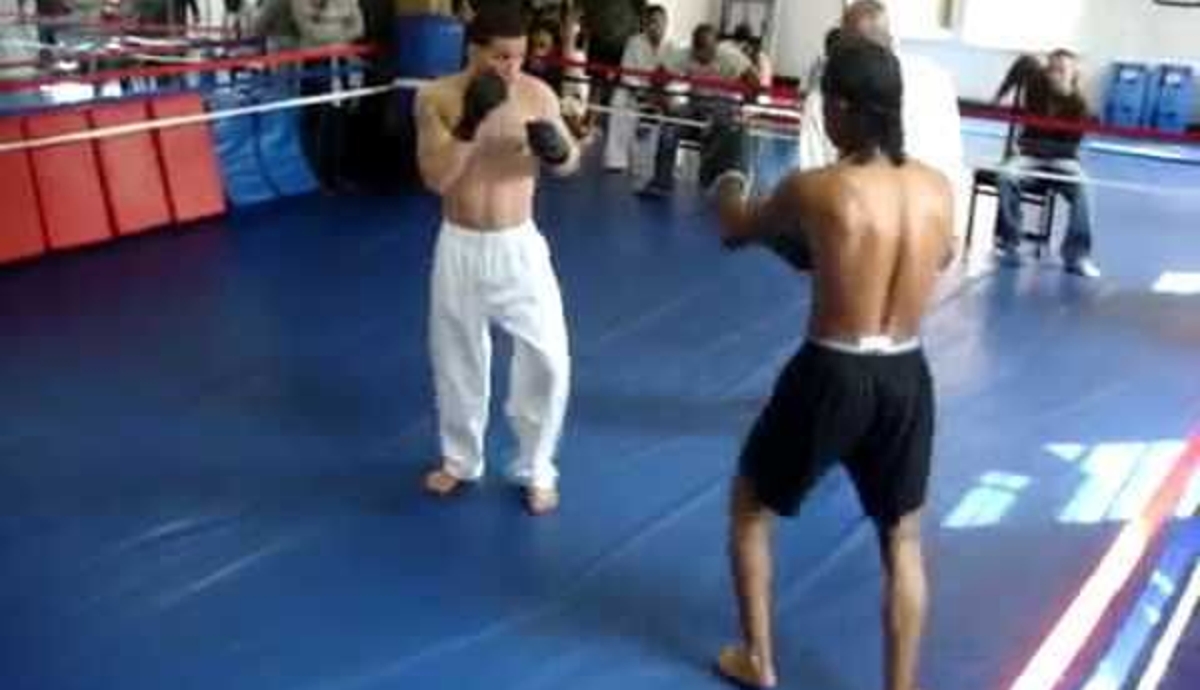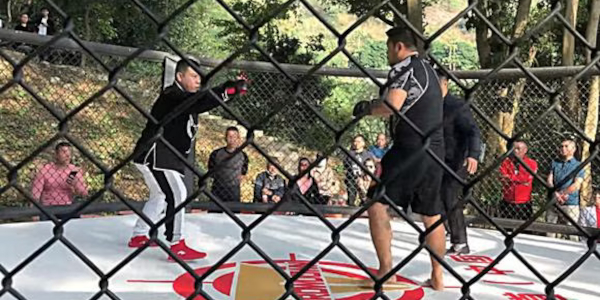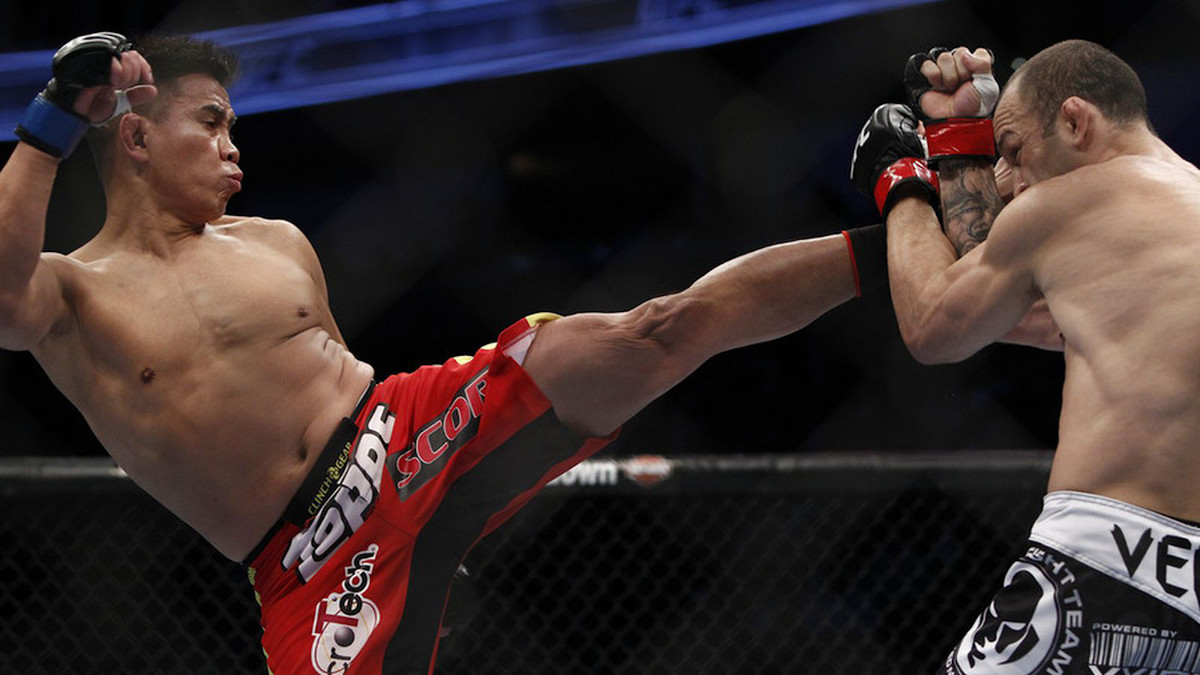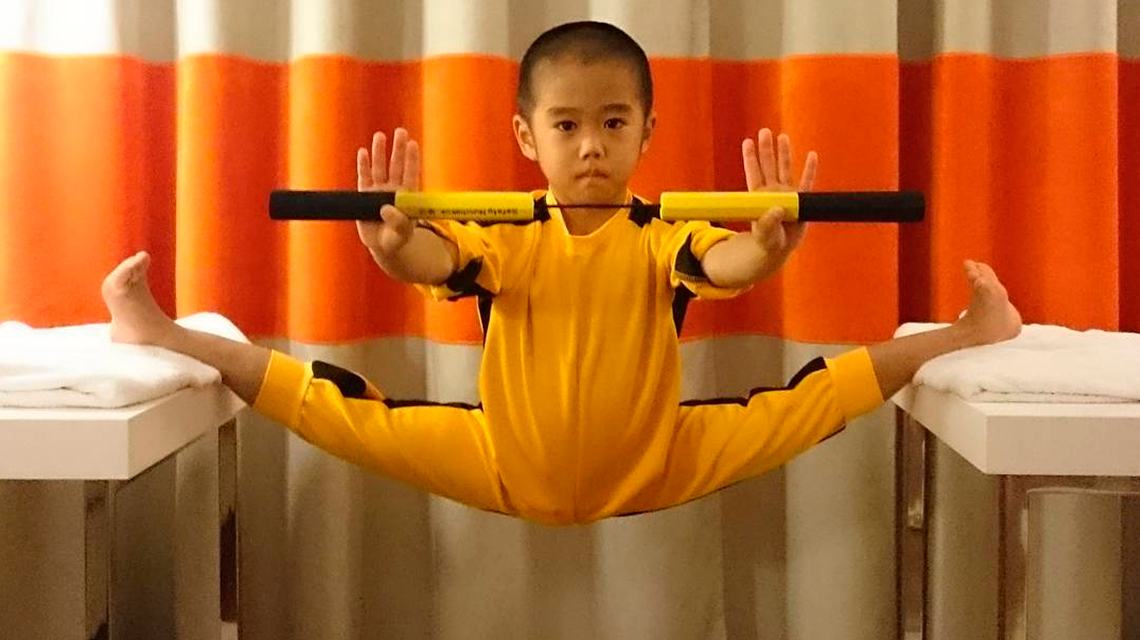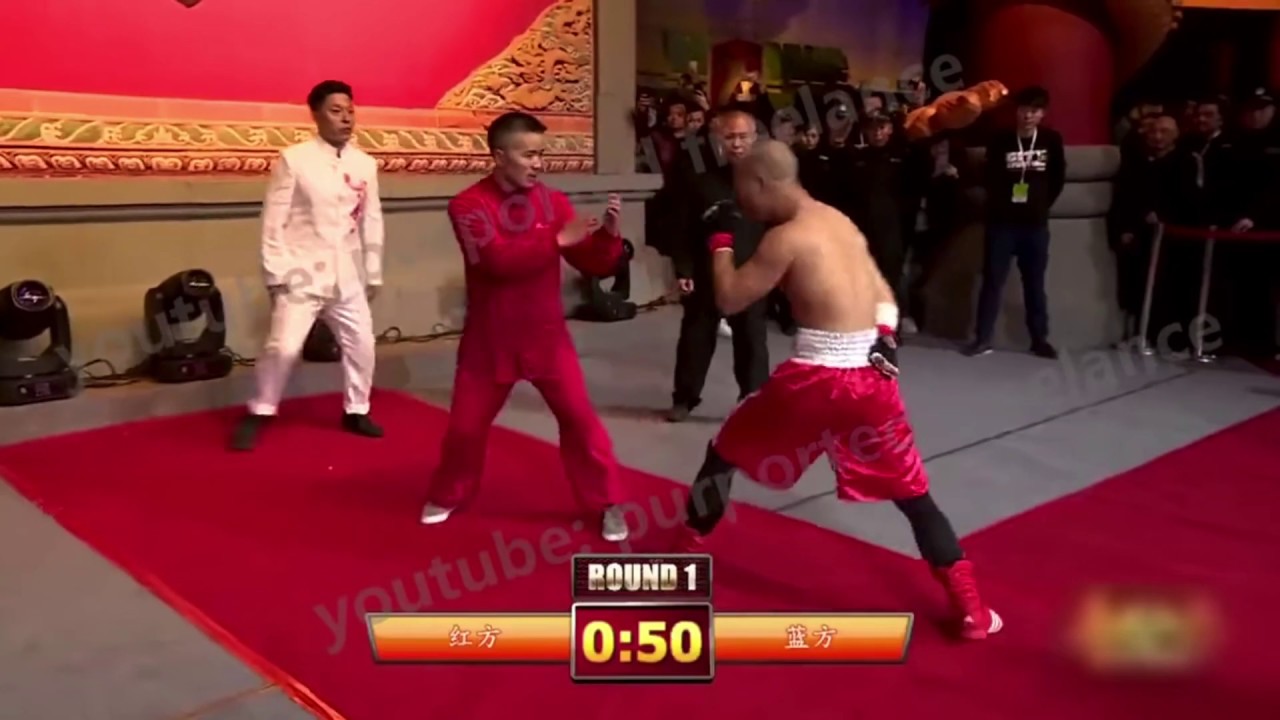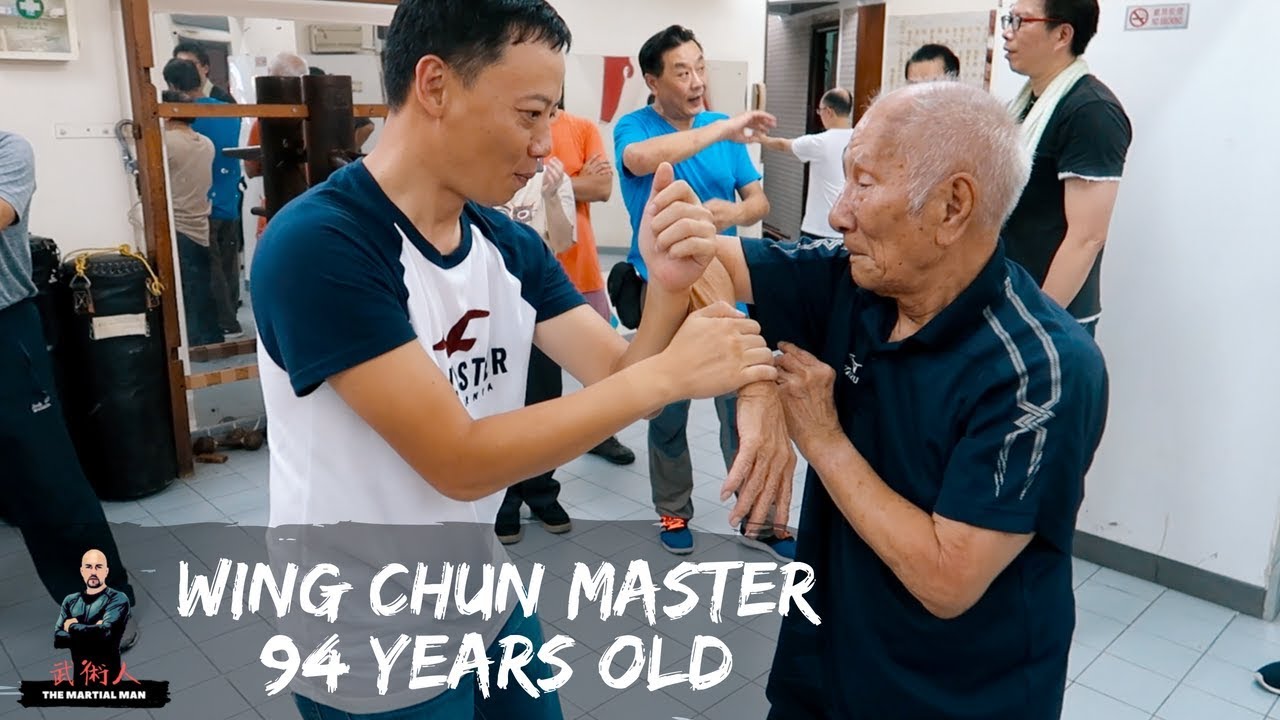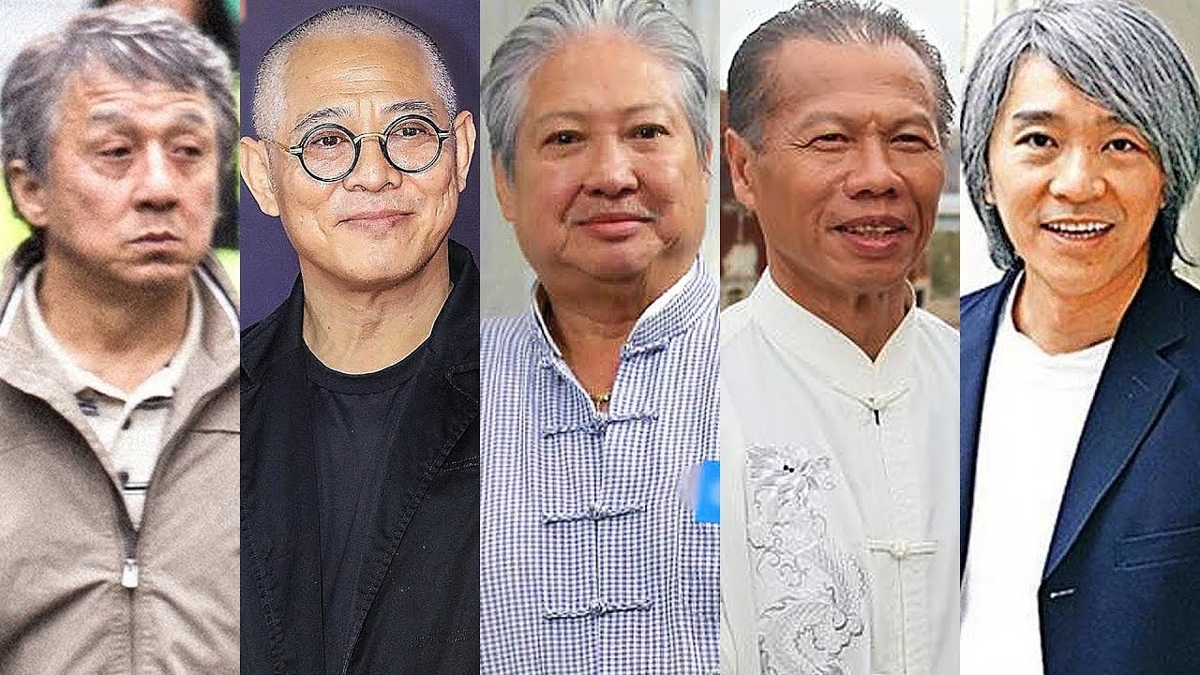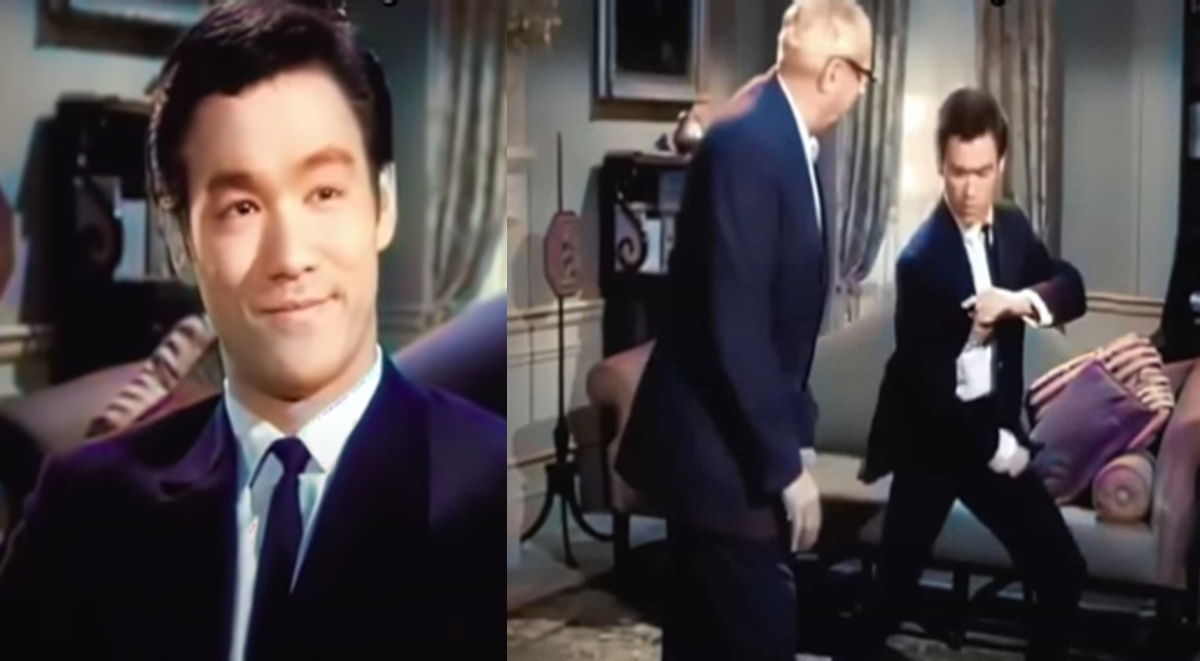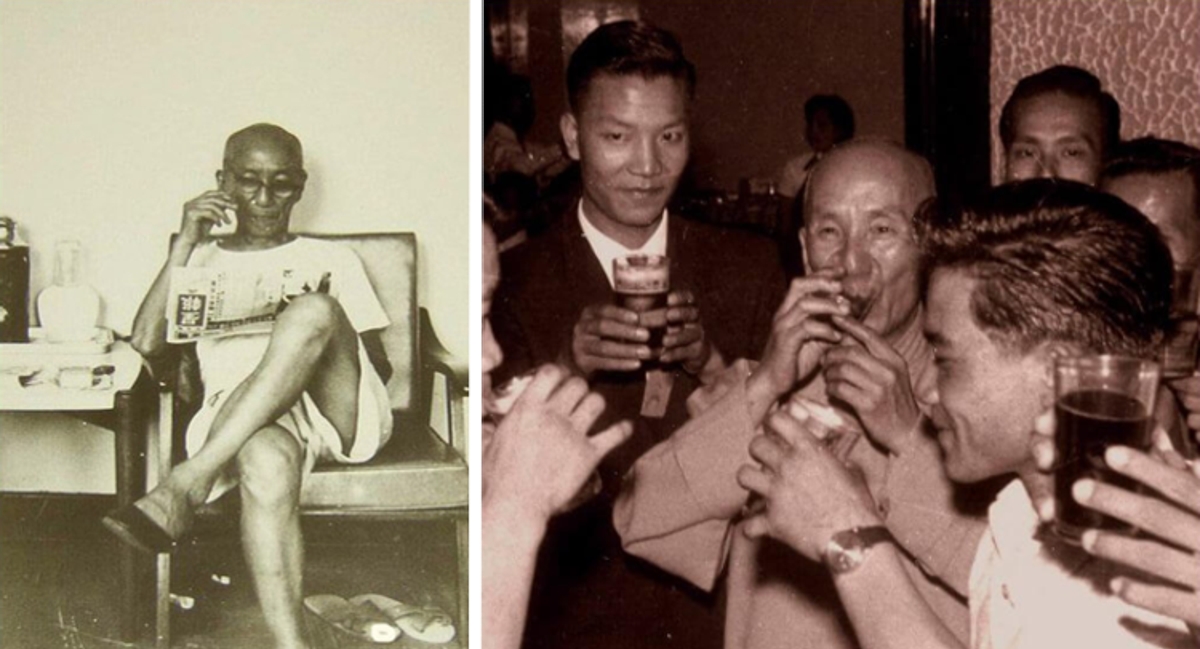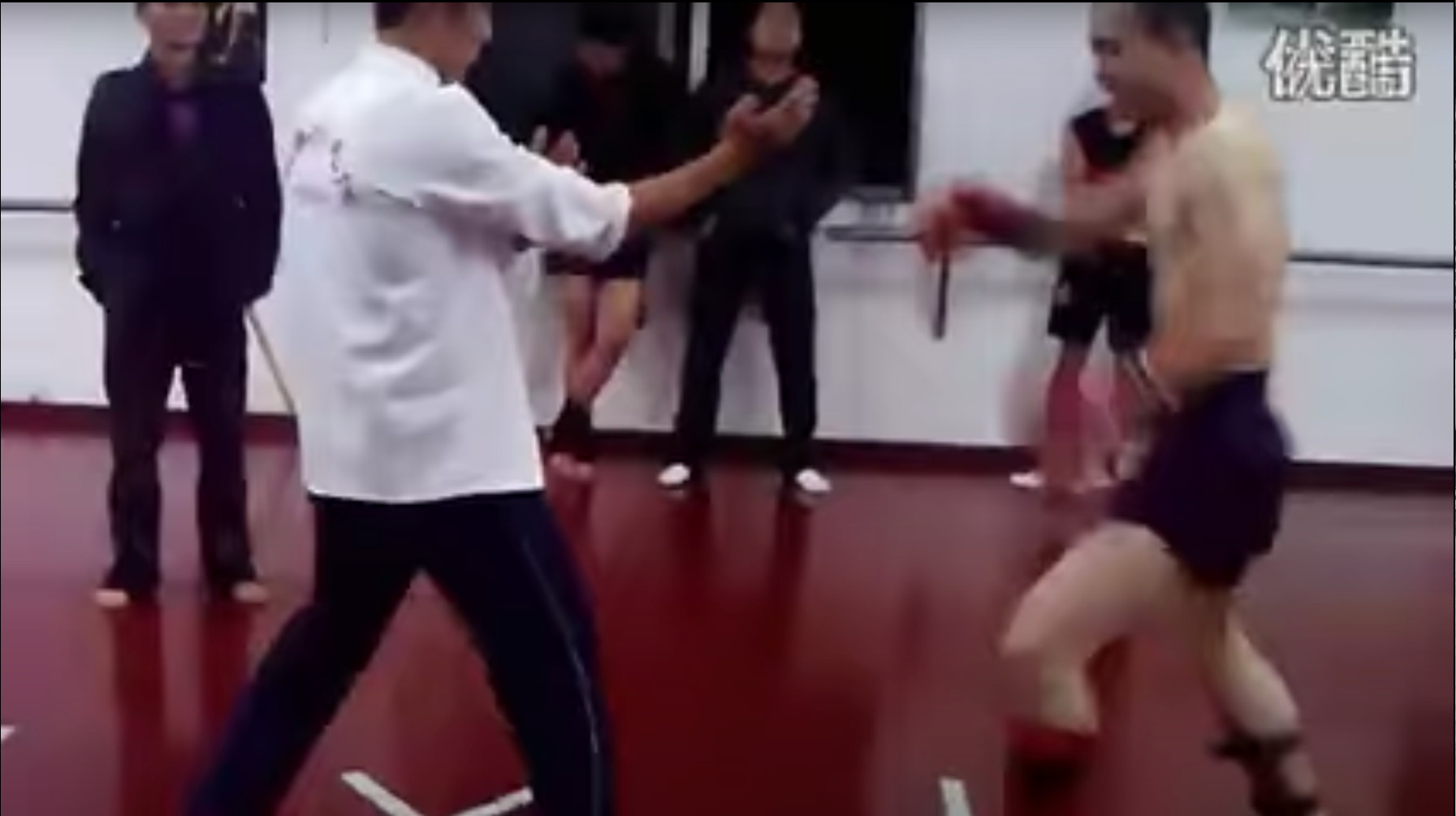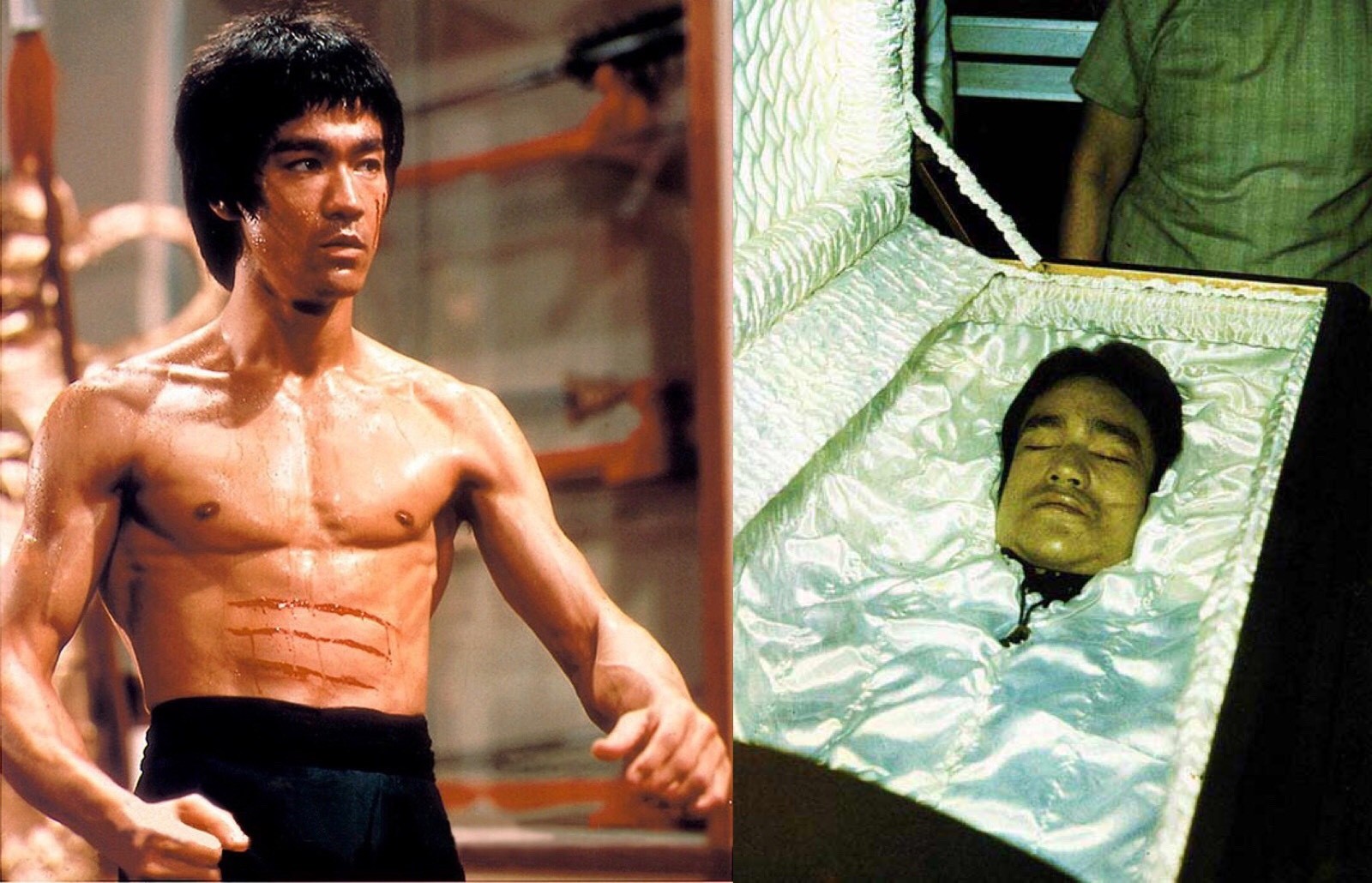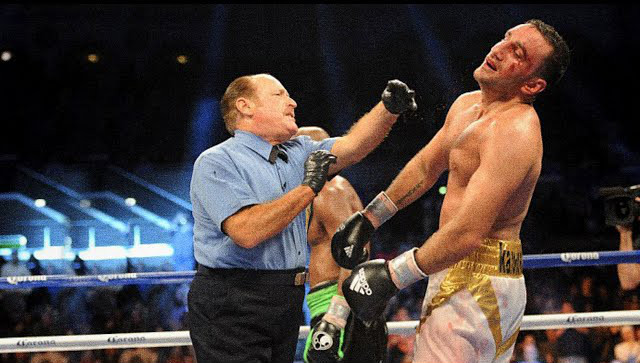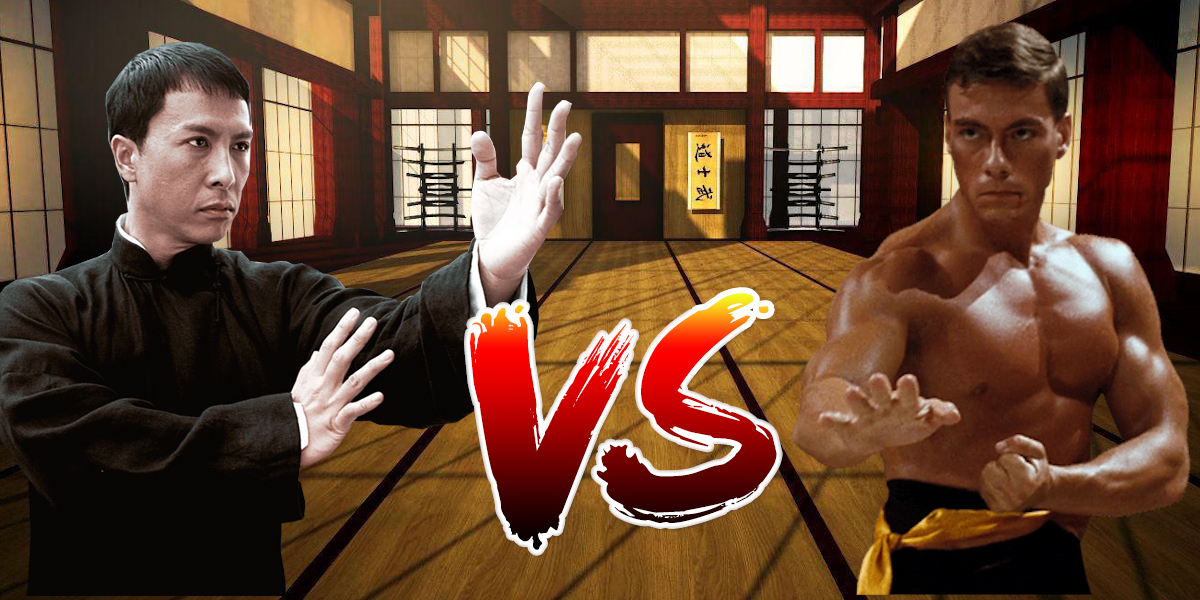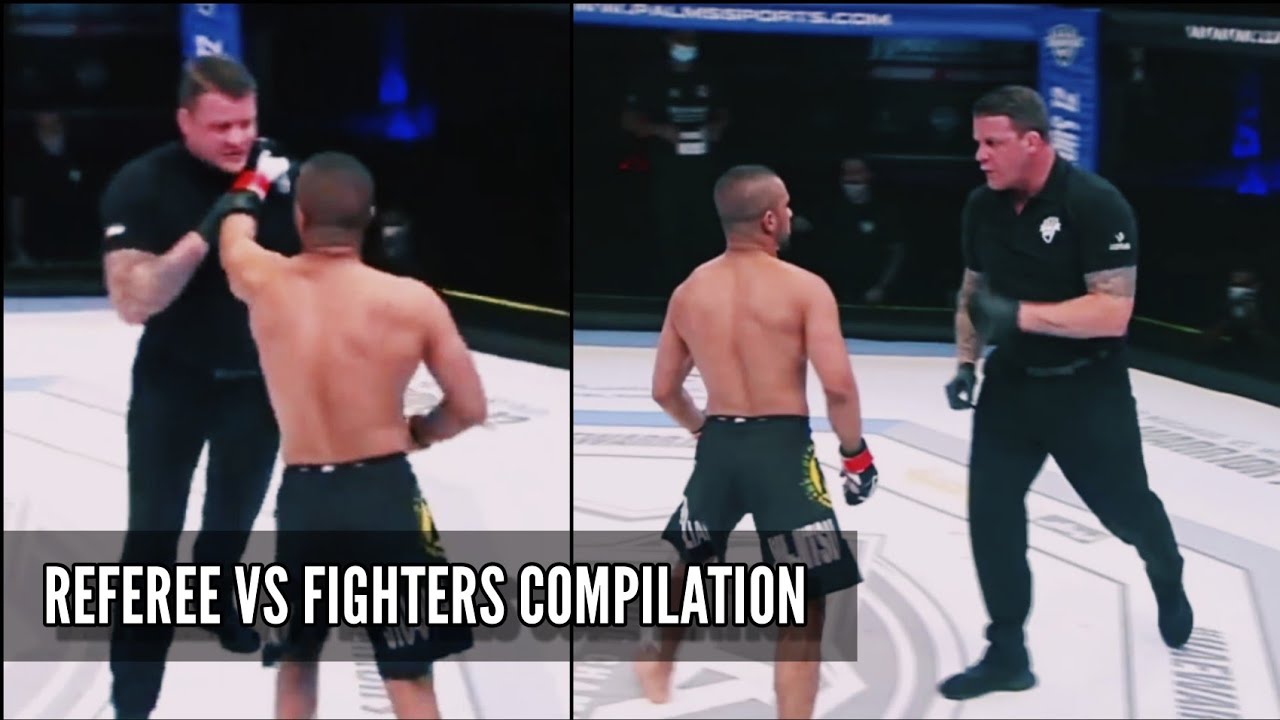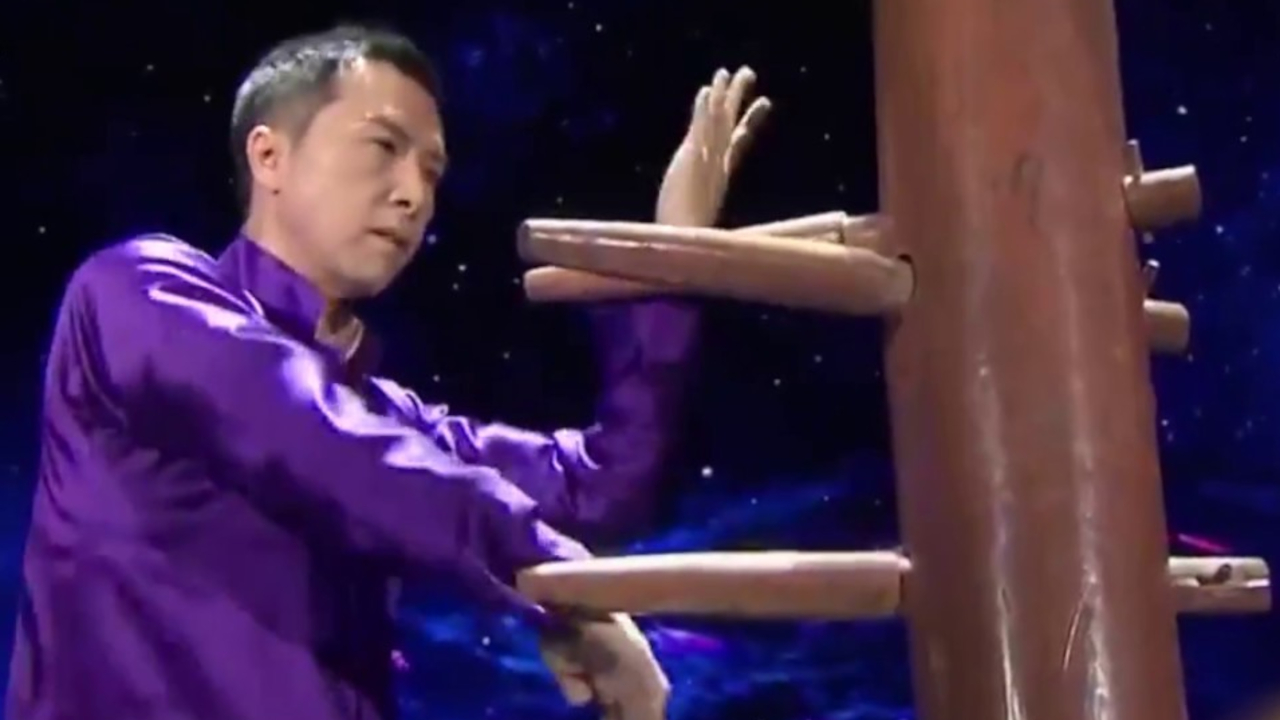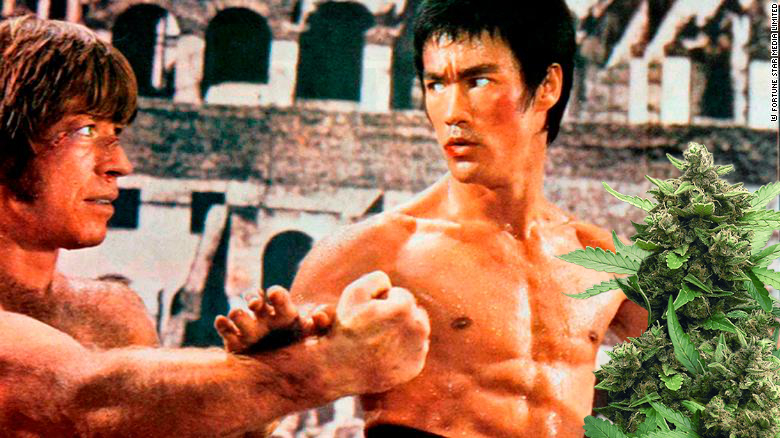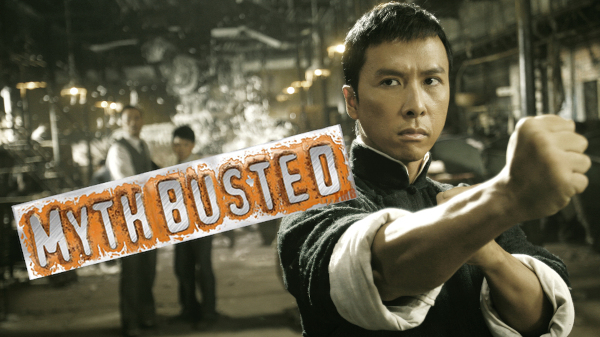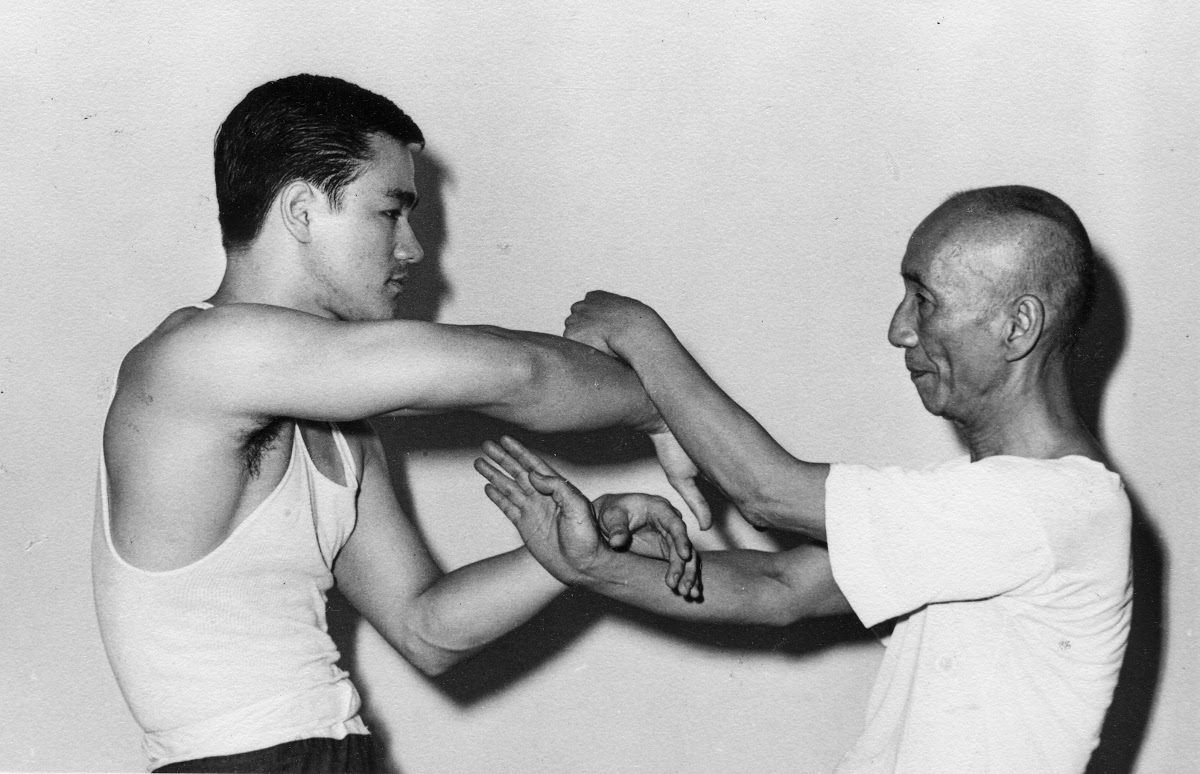Wing Chun vs. Other Martial Arts: The Shocking Truth You Need to Know
Reading time: 6 minutes
When it comes to martial arts, the sheer number of styles available can be overwhelming. Among these, Wing Chun is an ancient Chinese martial art that has gained popularity in recent years. How does it fare when compared to other martial arts? In this article, we will reveal the shocking truth behind Wing Chun and how it stacks up against other popular fighting styles.
The Enigmatic Origins of Wing Chun: Separating Facts from Legend
While the story of Ng Mui, a legendary female martial artist, being the founder of Wing Chun has captivated the hearts of many, the true origins of this martial art may differ. Scholars and practitioners alike have debated the accuracy of this tale, and some argue that the actual roots of Wing Chun can be traced back to various other sources.
One theory suggests that Wing Chun's development was a collaborative effort by a group of martial artists in the southern Shaolin Temple, who sought to create an efficient and practical system for self-defense. This collective effort led to the emergence of a martial art that emphasized direct and compact movements, designed to generate power and neutralize opponents quickly.
Another perspective points to the influence of the Hakka people, an ethnic group with a rich martial arts heritage. It is believed that elements of their fighting styles may have contributed to the formation of Wing Chun, blending with other regional martial arts to create a unique and effective system.

Regardless of its true origins, Wing Chun has evolved over the centuries into a highly sophisticated martial art that focuses on fluidity, speed, and economy of motion. The enigmatic beginnings of this ancient Chinese martial art only add to its allure, capturing the imagination of practitioners and enthusiasts around the world.
The Power of Simplicity: How Wing Chun's Core Principles Enhance its Effectiveness
Wing Chun's core principles emphasize simplicity and efficiency, which contribute significantly to its effectiveness as a martial art. The beauty of this ancient fighting system lies in its ability to distill complex techniques into streamlined, practical movements that can be executed with precision and speed.
Simplicity in Wing Chun is achieved through the elimination of unnecessary, flashy movements, instead focusing on direct and purposeful actions. This approach allows practitioners to conserve energy, maintain control, and respond rapidly to their opponents' actions. As a result, Wing Chun fighters are often able to outmaneuver opponents who rely on more elaborate techniques.
Moreover, the simplicity of Wing Chun's techniques facilitates a quicker learning curve for beginners, enabling them to build a solid foundation and develop self-defense skills more rapidly than in other martial arts. This accessibility not only attracts a diverse range of practitioners but also fosters a sense of accomplishment and motivation to continue improving.

The effectiveness of Wing Chun's simplicity is evident in its core training exercises, such as the Wooden Dummy (Mook Yan Jong) and Sticky Hands (Chi Sao) drills. These exercises instill the fundamentals of balance, footwork, and body positioning, honing the practitioner's ability to generate power and control even with minimal movements.
In summary, the simplicity of Wing Chun is one of its greatest strengths, allowing for quick learning, efficient energy use, and enhanced effectiveness in combat. This unique characteristic sets Wing Chun apart from other martial arts, making it an appealing choice for those seeking a practical and accessible self-defense system
Comparing Wing Chun to Other Martial Arts
To understand how Wing Chun fares against other martial arts, let's compare it to three popular styles:
A. Brazilian Jiu-Jitsu (BJJ)
While Wing Chun is renowned for its striking techniques, Brazilian Jiu-Jitsu focuses primarily on ground fighting and grappling. BJJ practitioners use leverage and body positioning to submit their opponents. In a Wing Chun vs. BJJ match, the Wing Chun practitioner would need to prevent the fight from going to the ground to maintain an advantage.
B. Muay Thai
Muay Thai, or the "Art of Eight Limbs," is a devastating striking martial art that employs punches, kicks, knees, and elbows. While Wing Chun's strikes are lightning-fast and precise, Muay Thai's powerful blows can cause significant damage. A skilled Wing Chun fighter would need to rely on their evasive skills and close-range techniques to neutralize a Muay Thai opponent.
C. Karate
Karate is a Japanese martial art that emphasizes strong, linear strikes and powerful stances. Although both Wing Chun and Karate focus on striking, the former places greater emphasis on fluidity and economy of motion. In a confrontation between the two, a Wing Chun practitioner's speed and close-quarters combat skills could give them an edge over their Karate counterpart.
The Shocking Truth: There is No "Best" Martial Art
Ultimately, the shocking truth is that there is no "best" martial art. Each style has its strengths and weaknesses, and a practitioner's success largely depends on their dedication, skill, and understanding of the art. Wing Chun may excel in certain areas, but it is essential to recognize that no martial art is superior to another in every respect.
The Importance of Cross-Training
To be a well-rounded martial artist, it's crucial to cross-train in various disciplines. By incorporating elements of Wing Chun, Brazilian Jiu-Jitsu, Muay Thai, and other martial arts into your training regimen, you'll develop a versatile skillset that can adapt to any situation. This approach will not only enhance your self-defense capabilities but also foster a deeper appreciation for the diversity and richness of martial arts.
Thank you. Your comment will be approved shortly.
Comments
Thank you. Your comment will be approved shortly.
Thank you. Your comment will be approved shortly.
Thank you. Your comment will be approved shortly.
Thank you. Your comment will be approved shortly.
Thank you. Your comment will be approved shortly.


